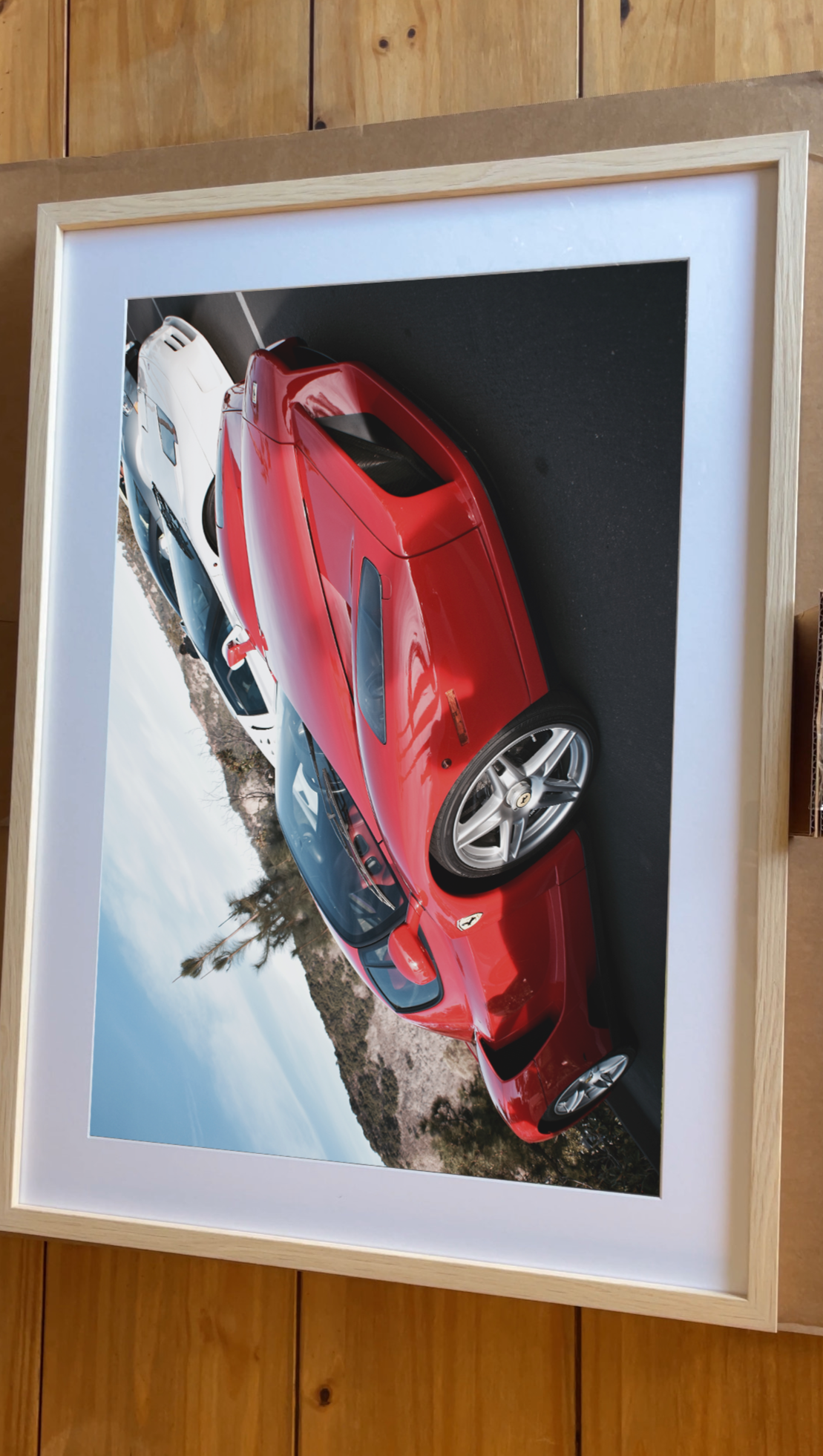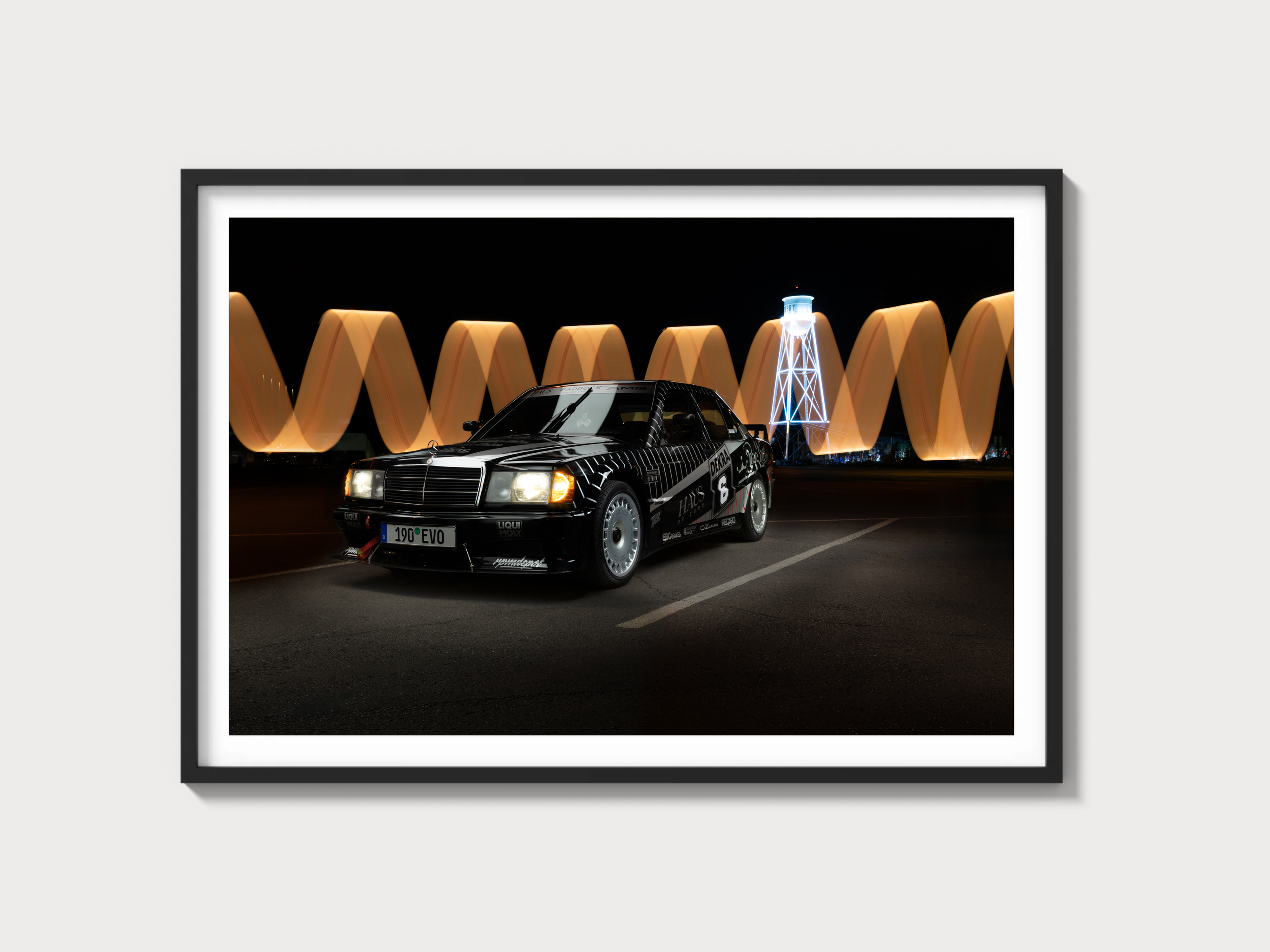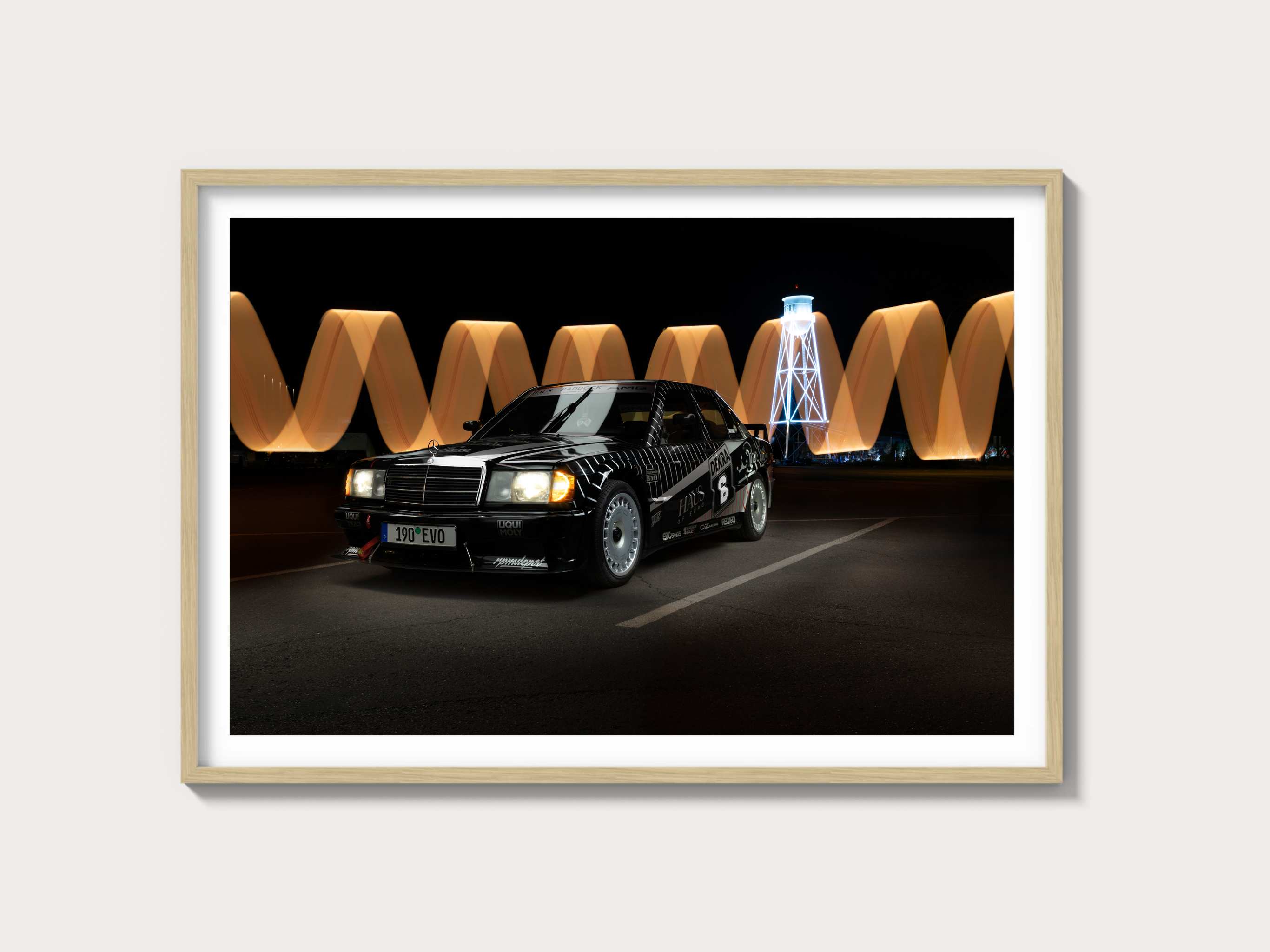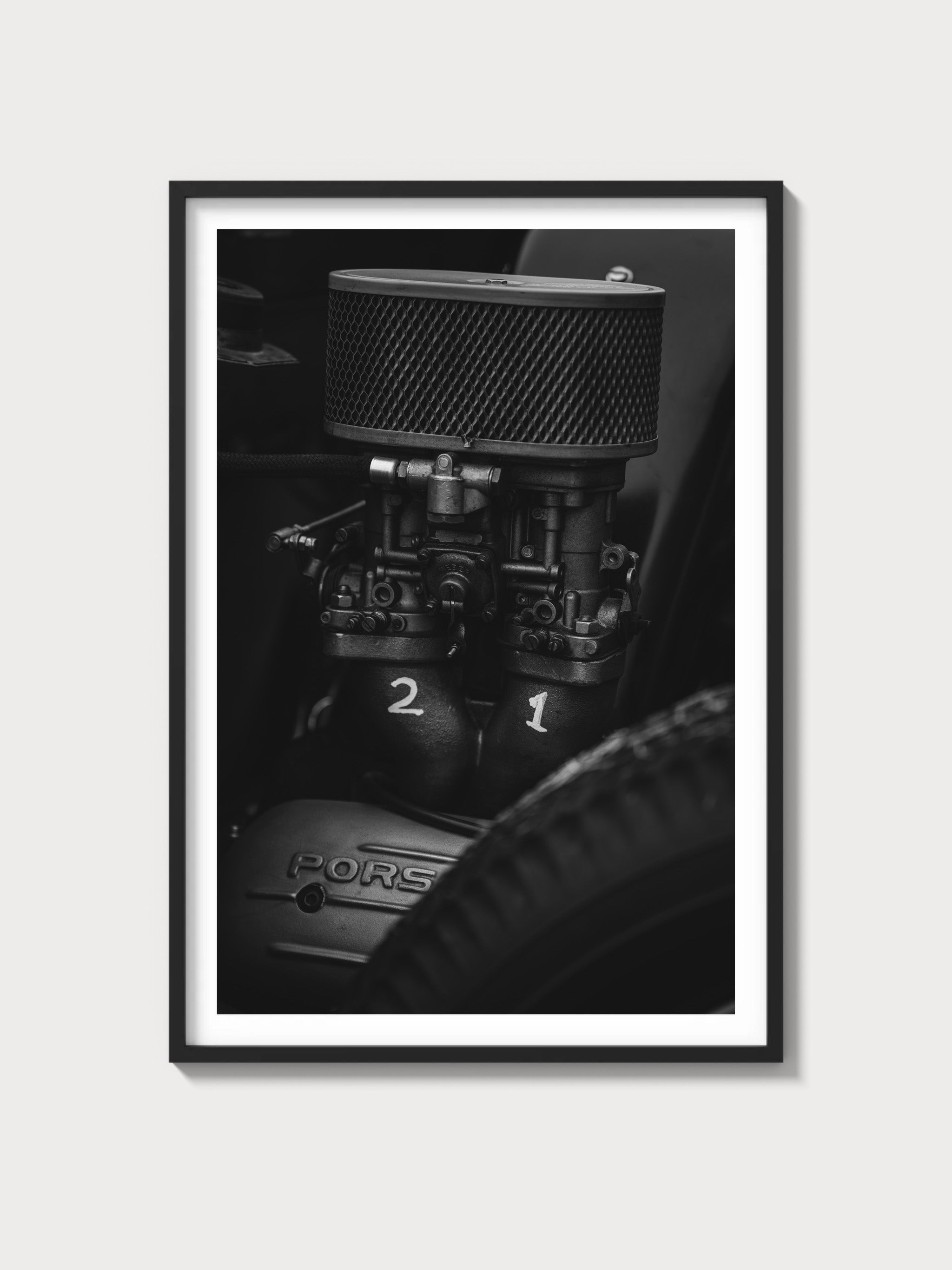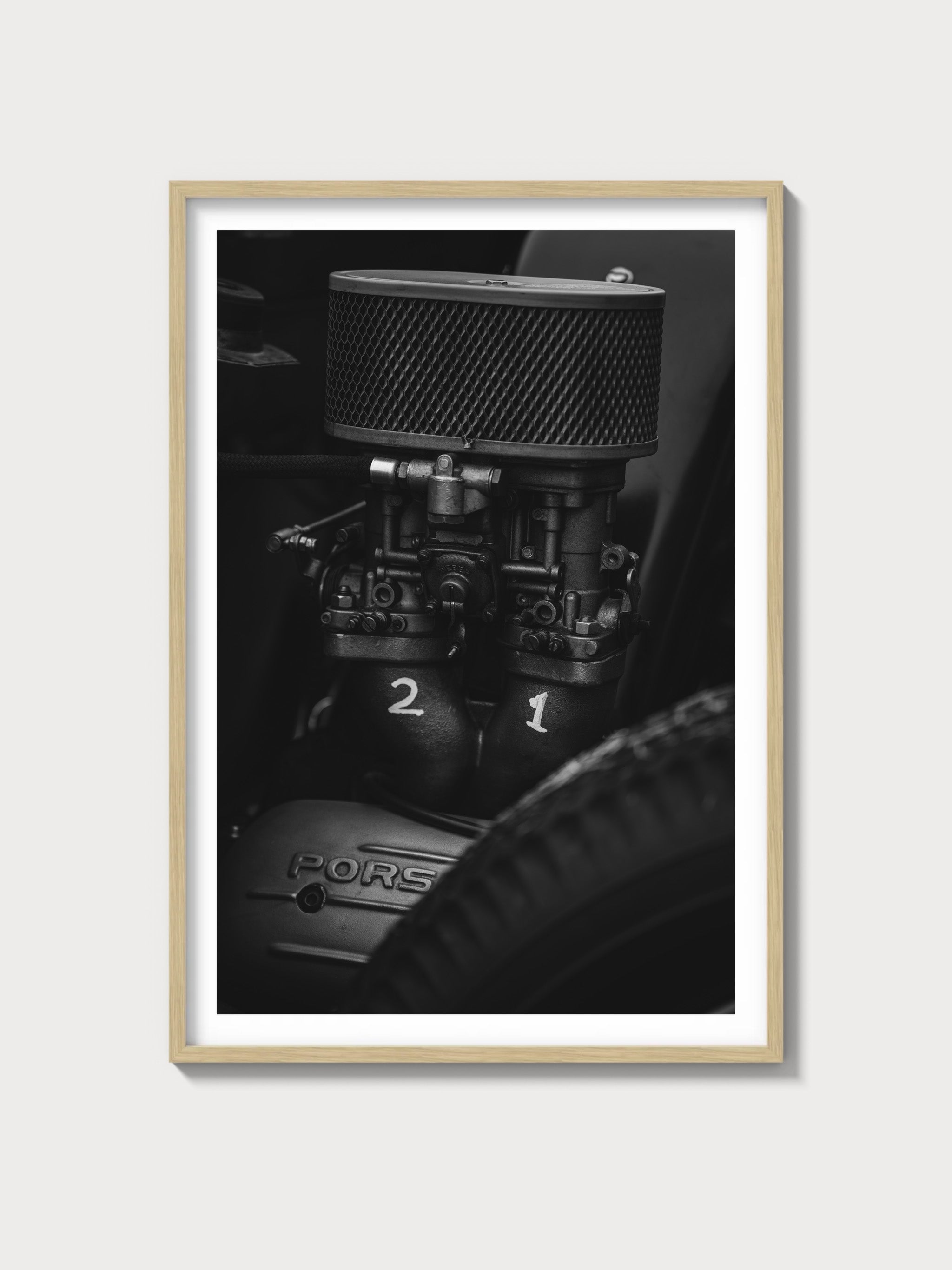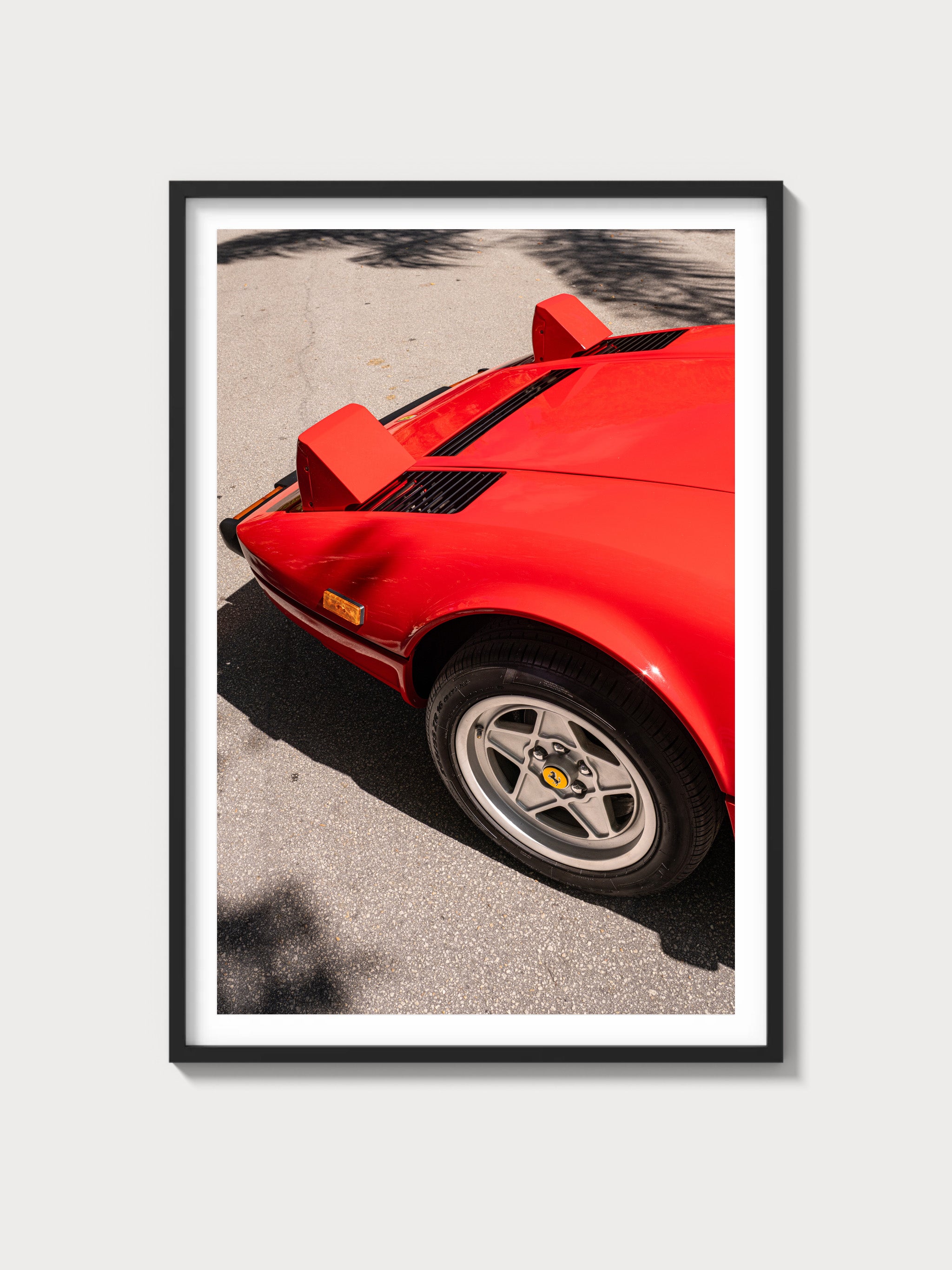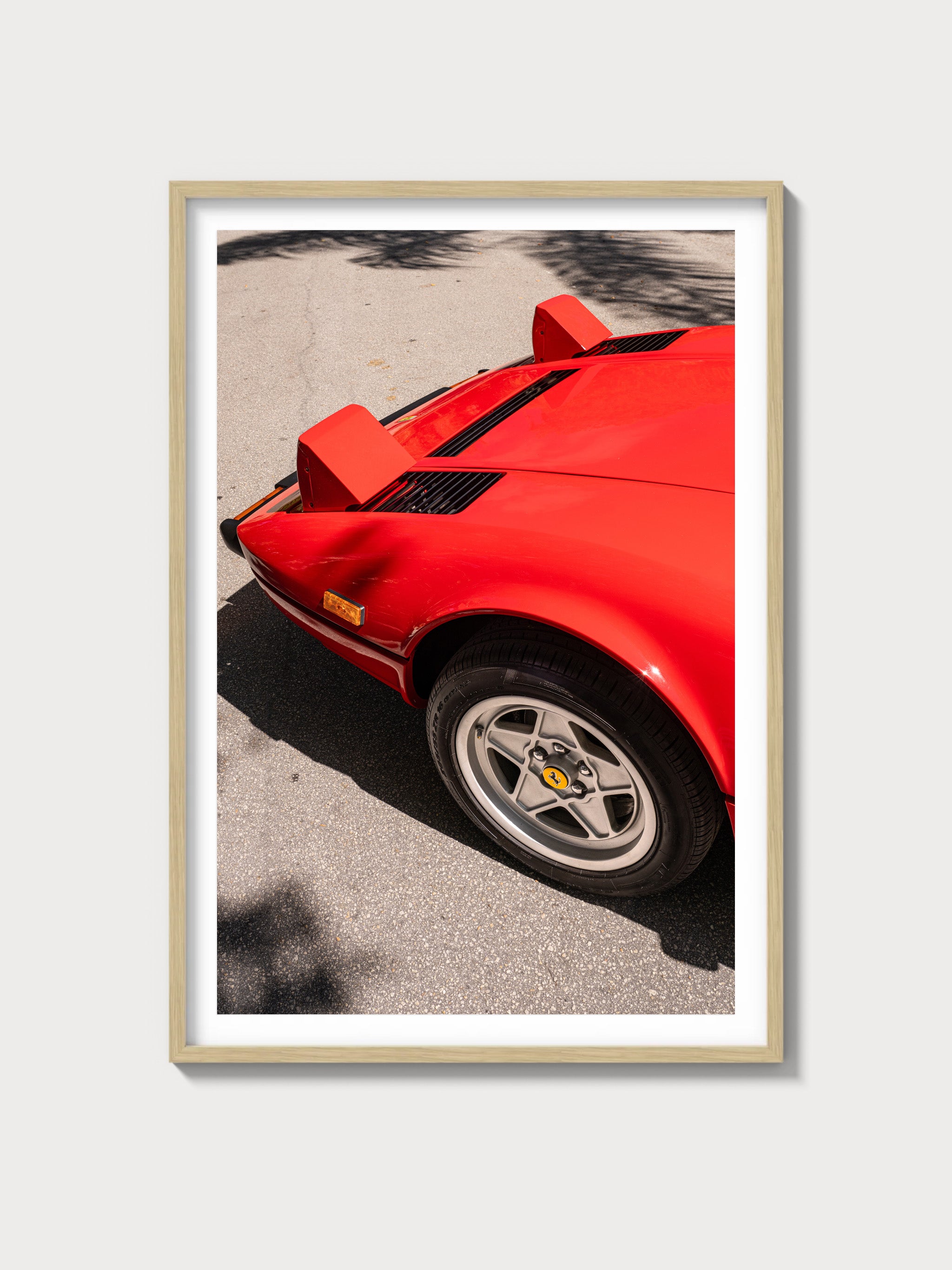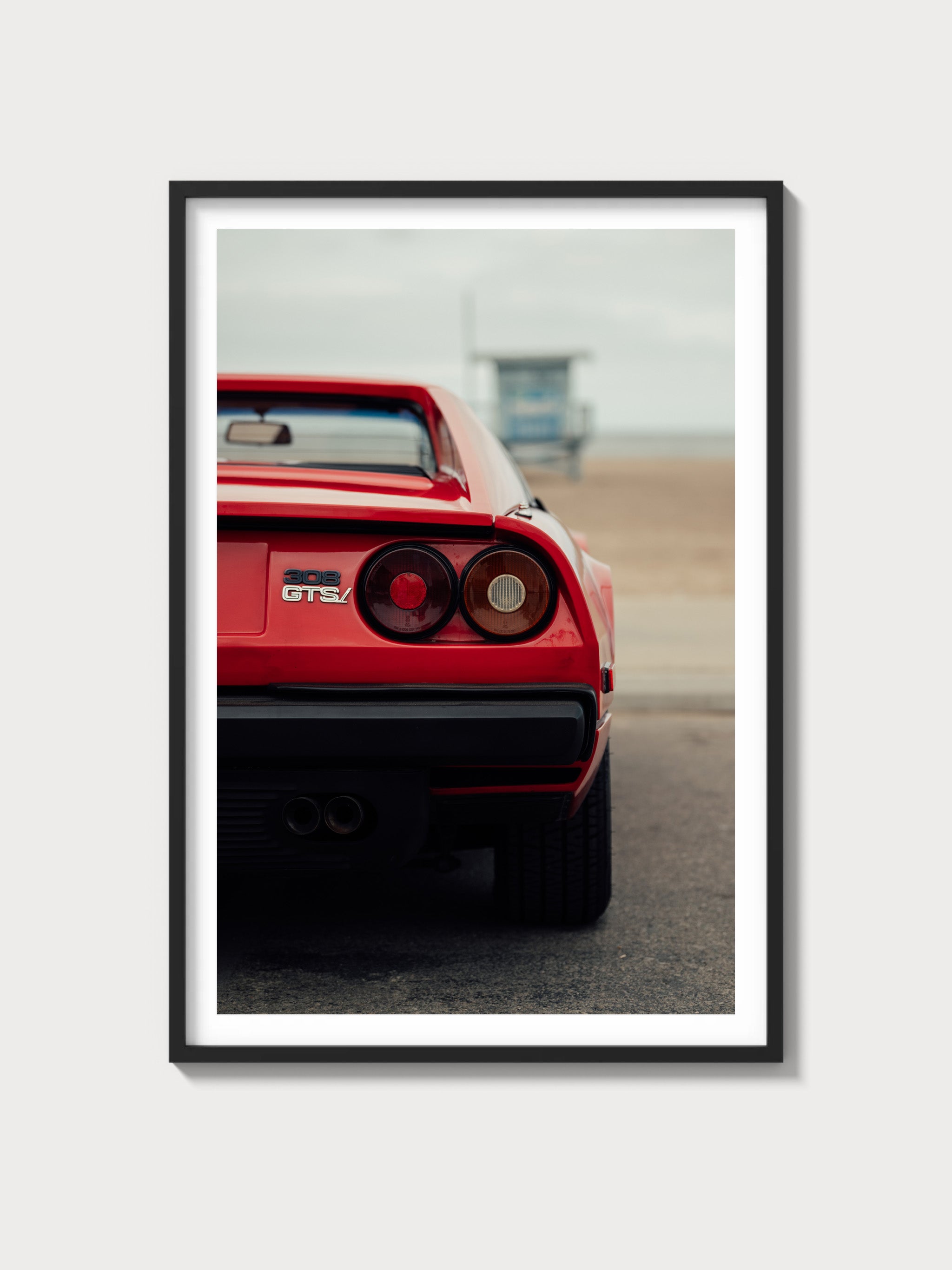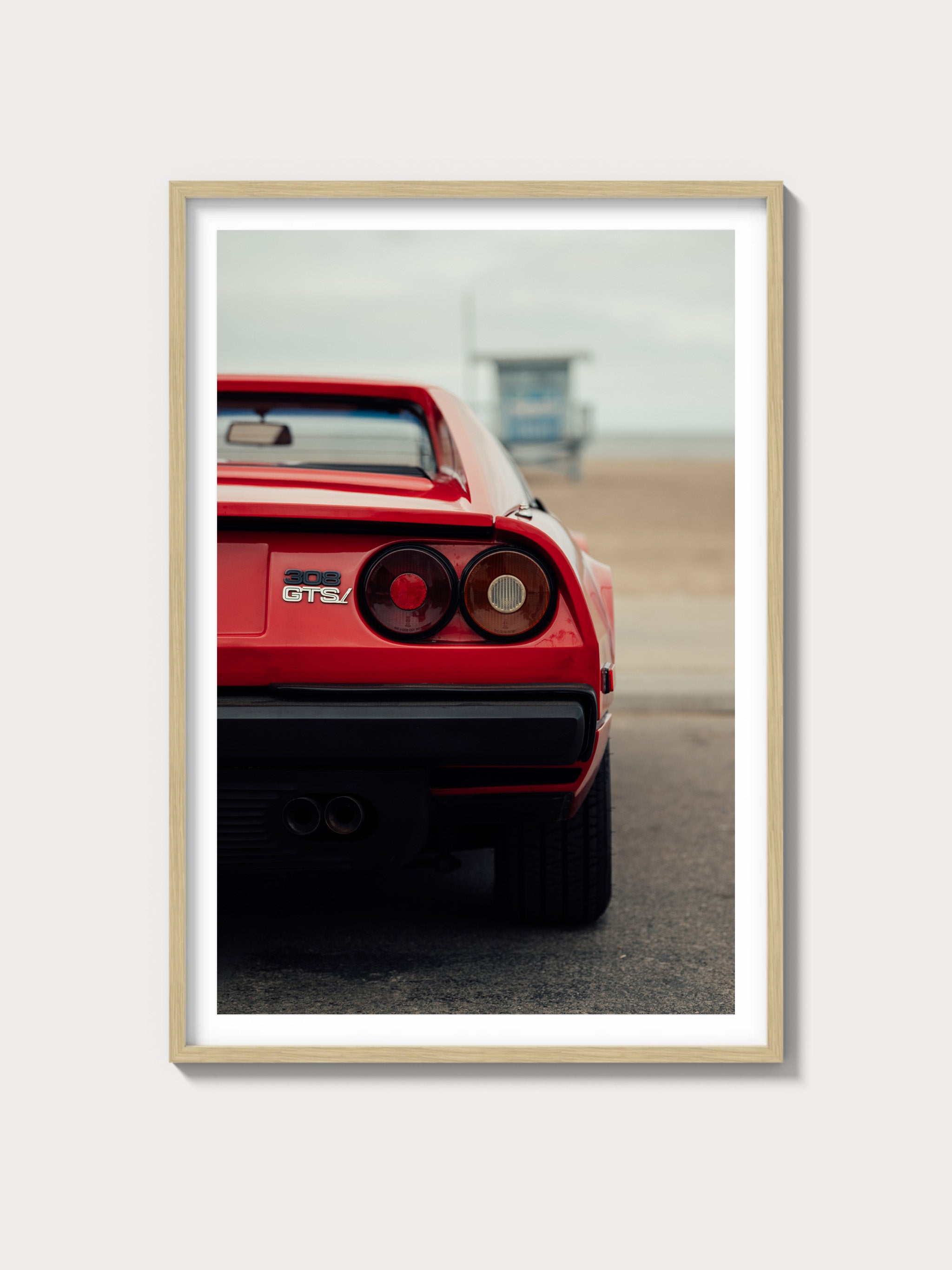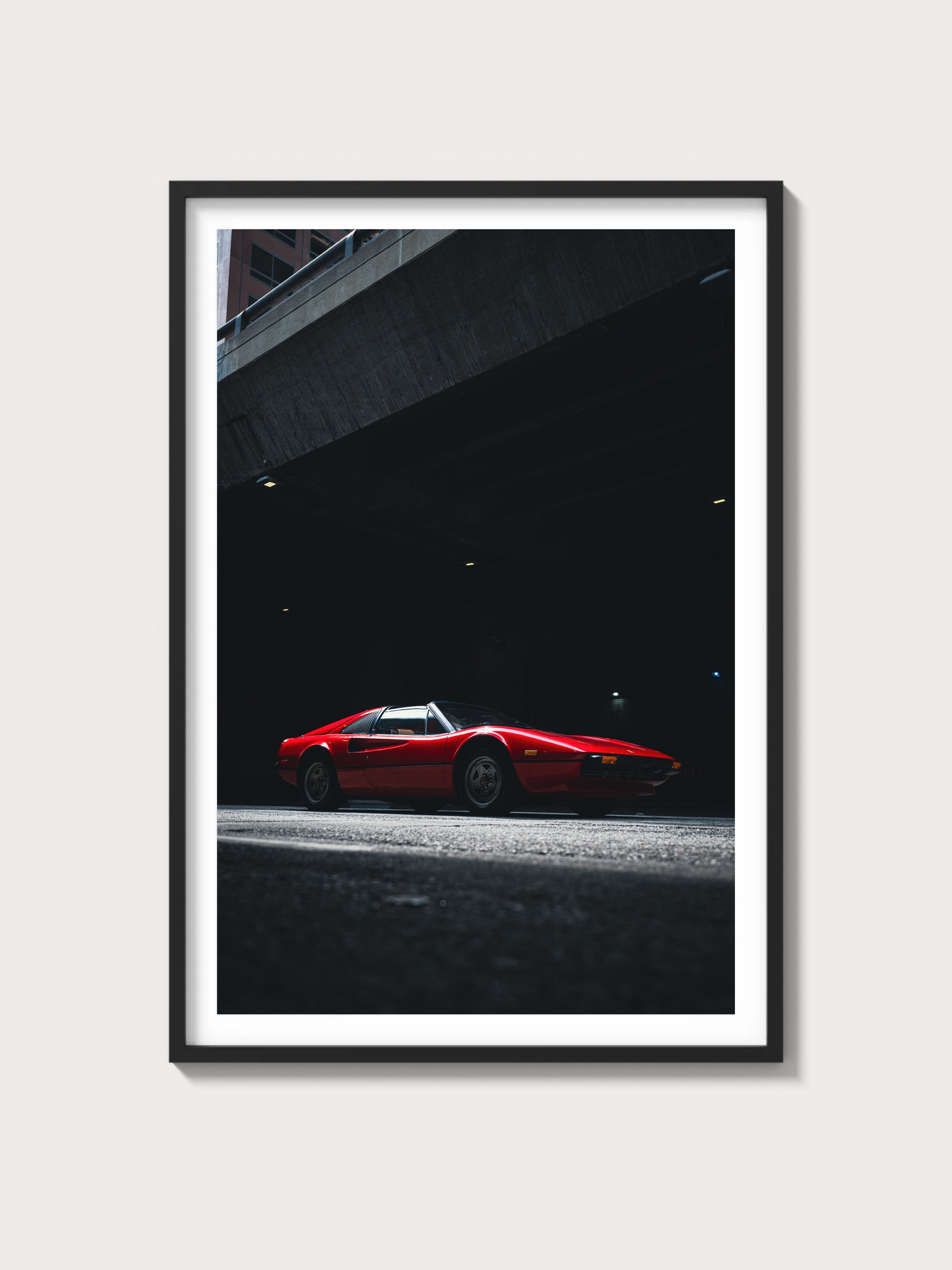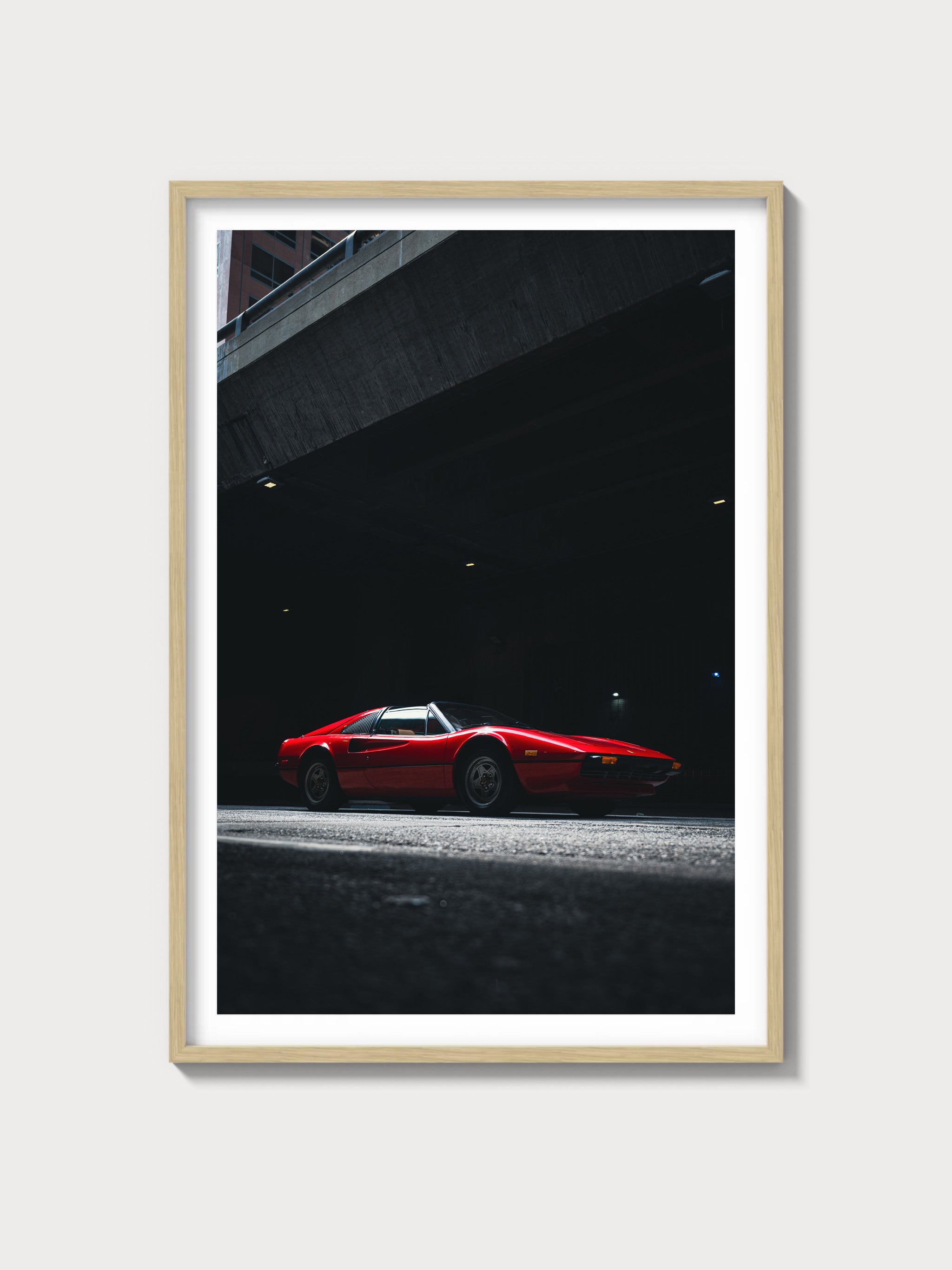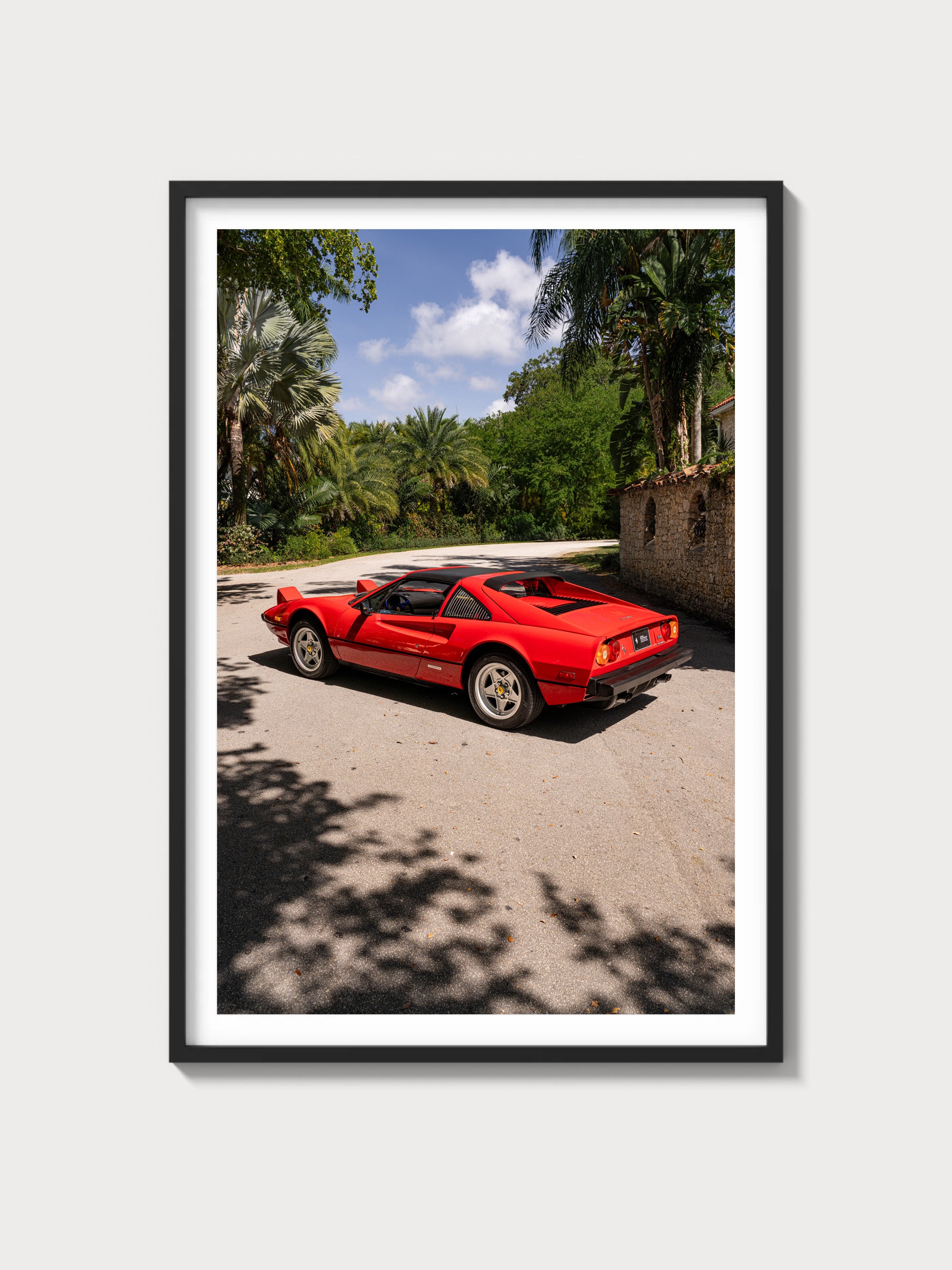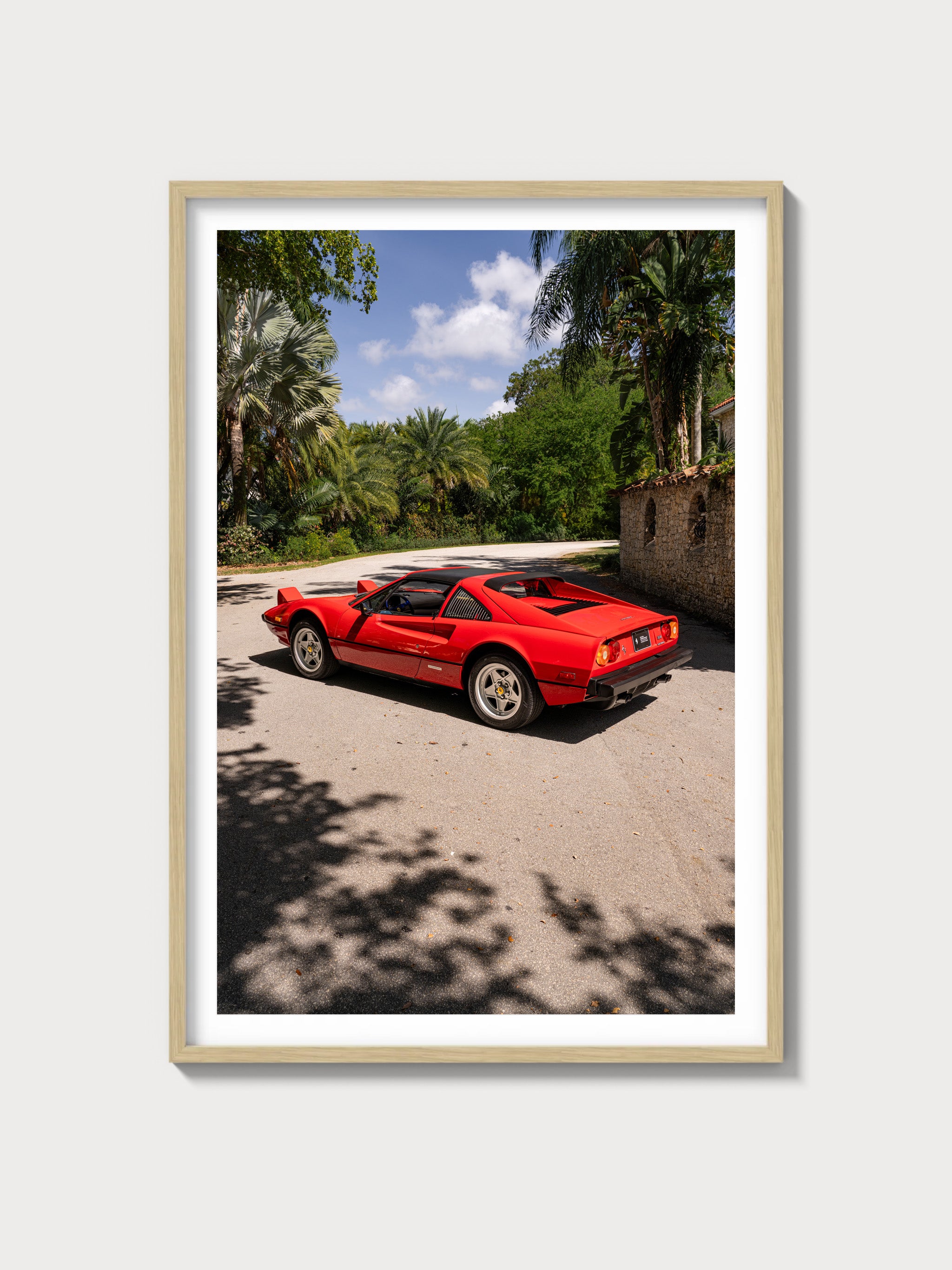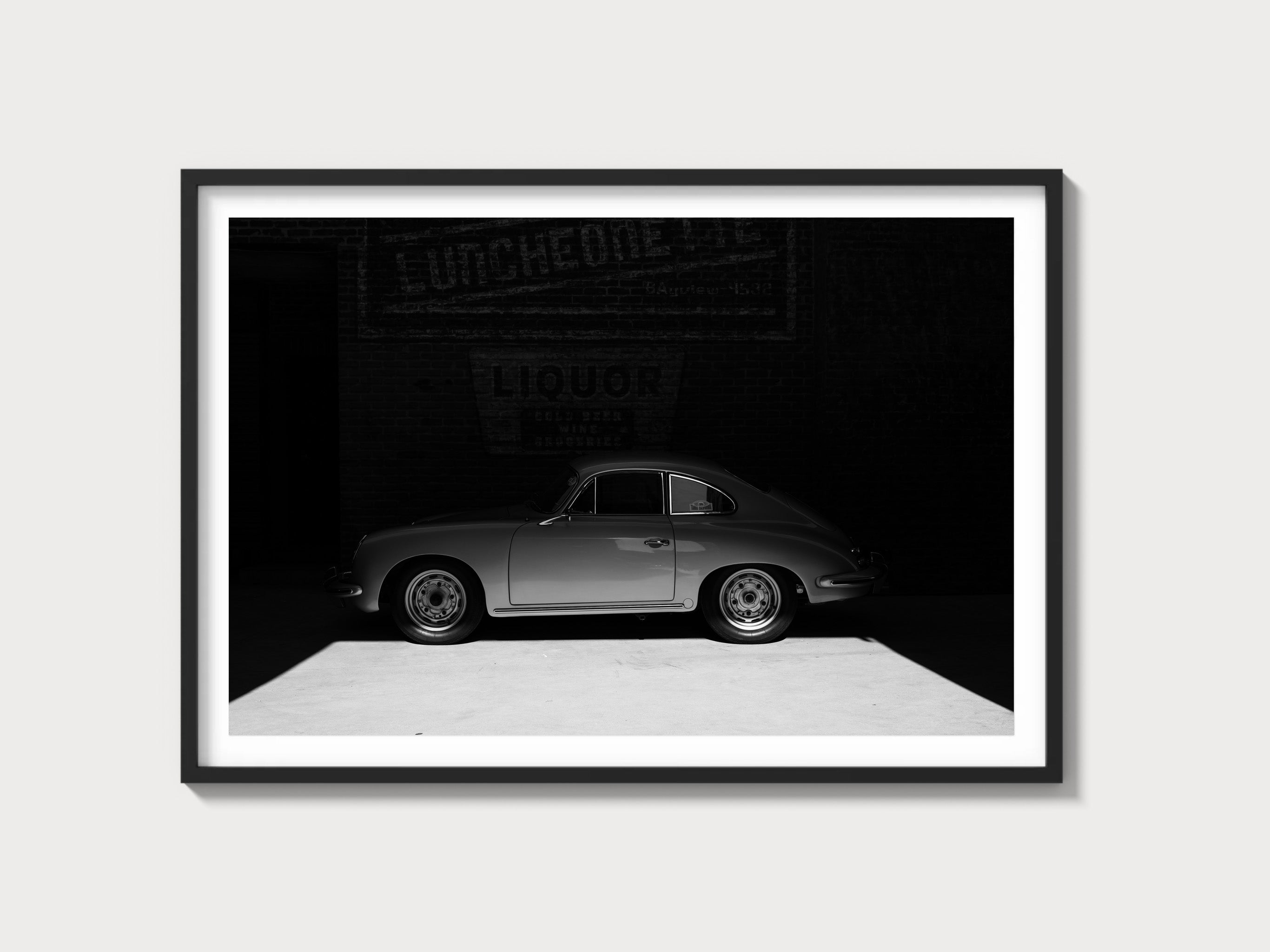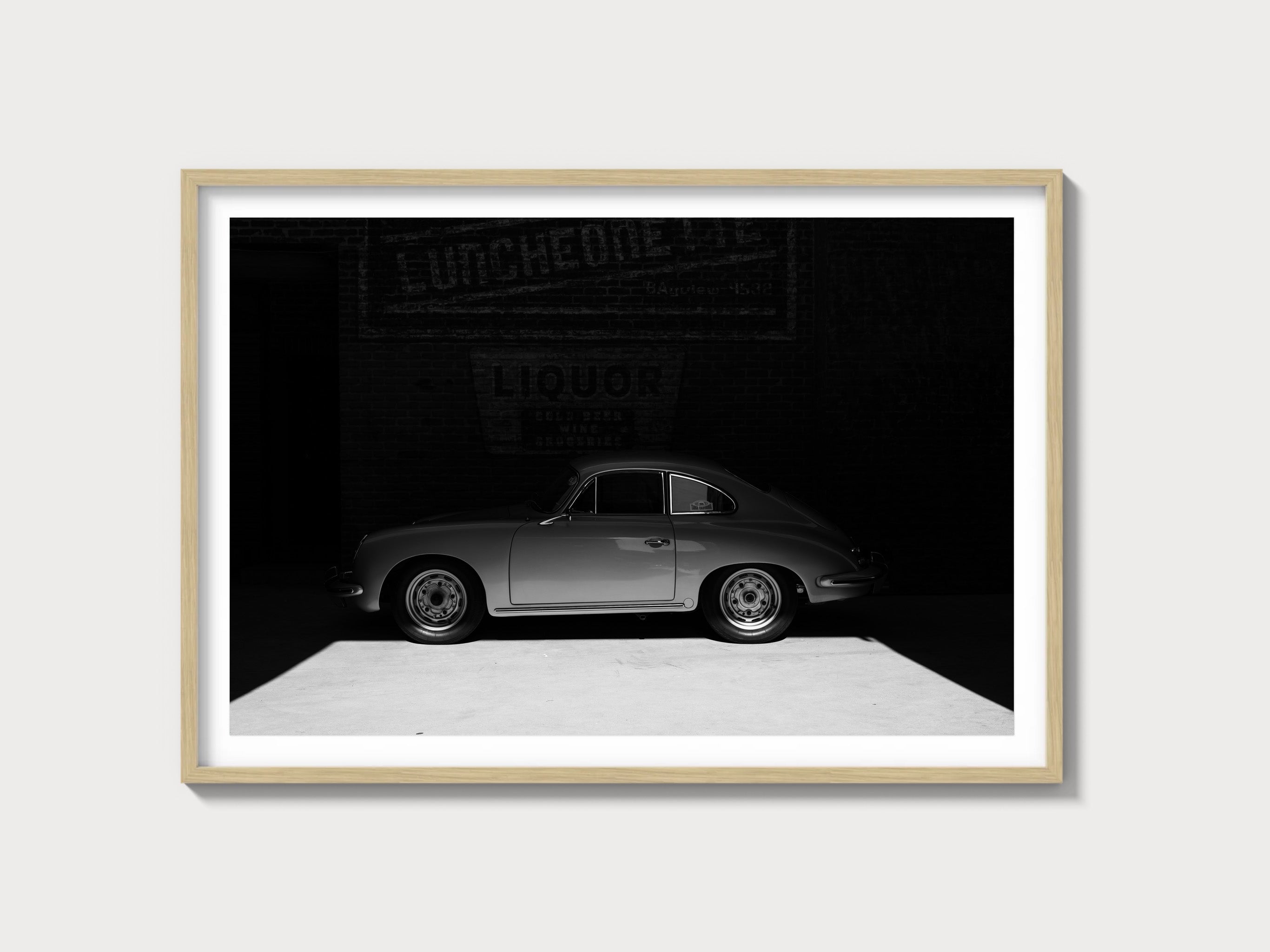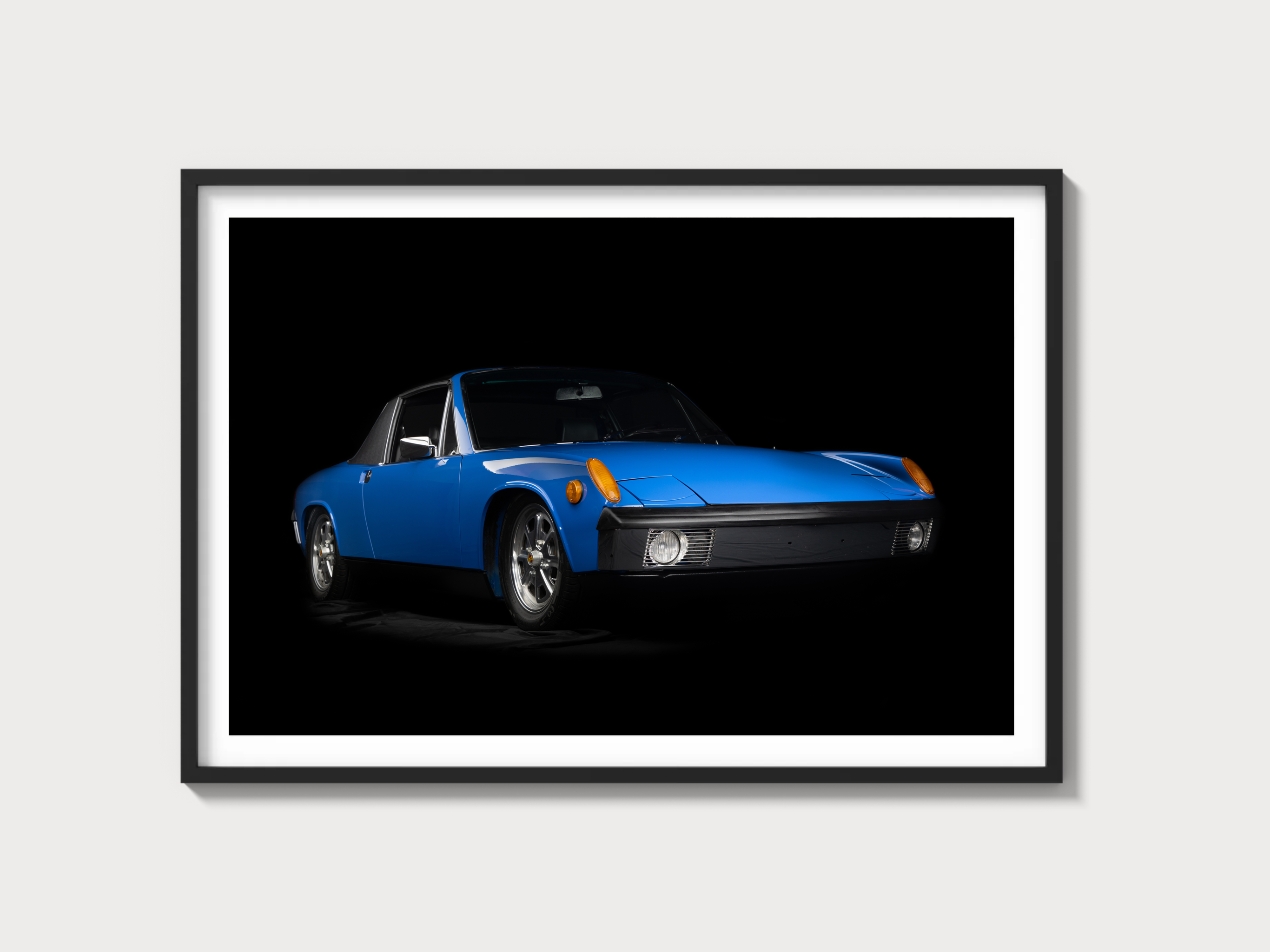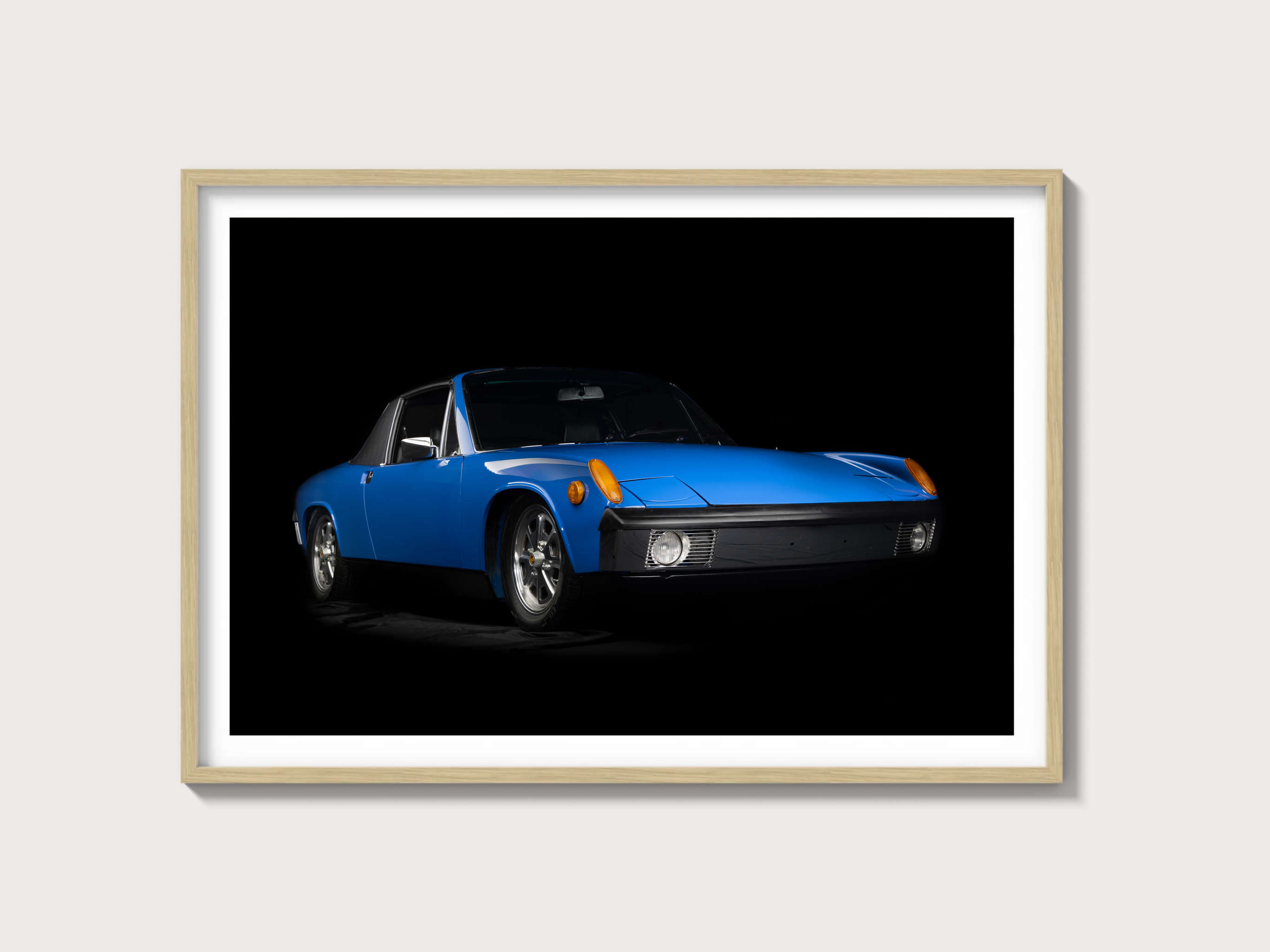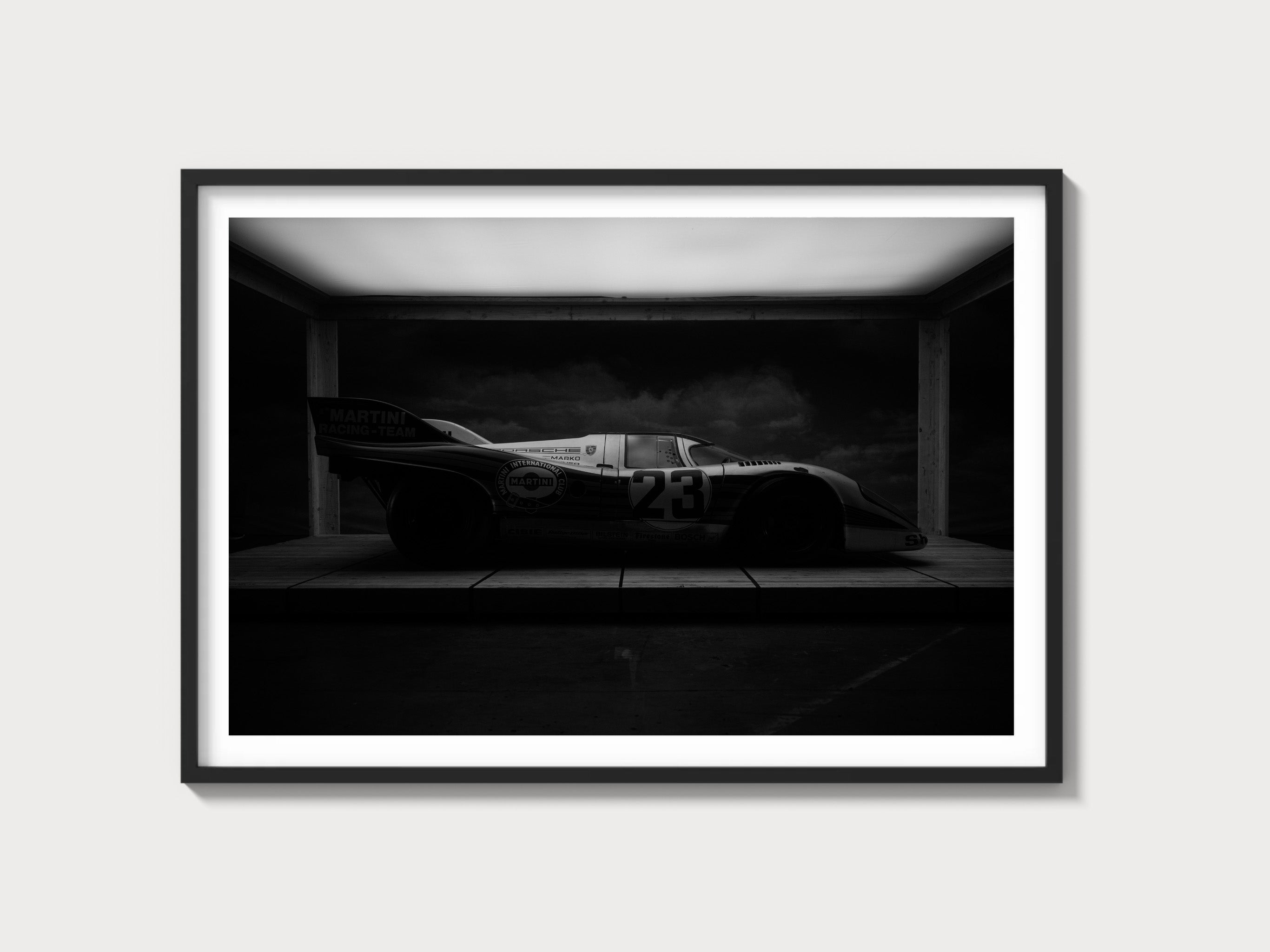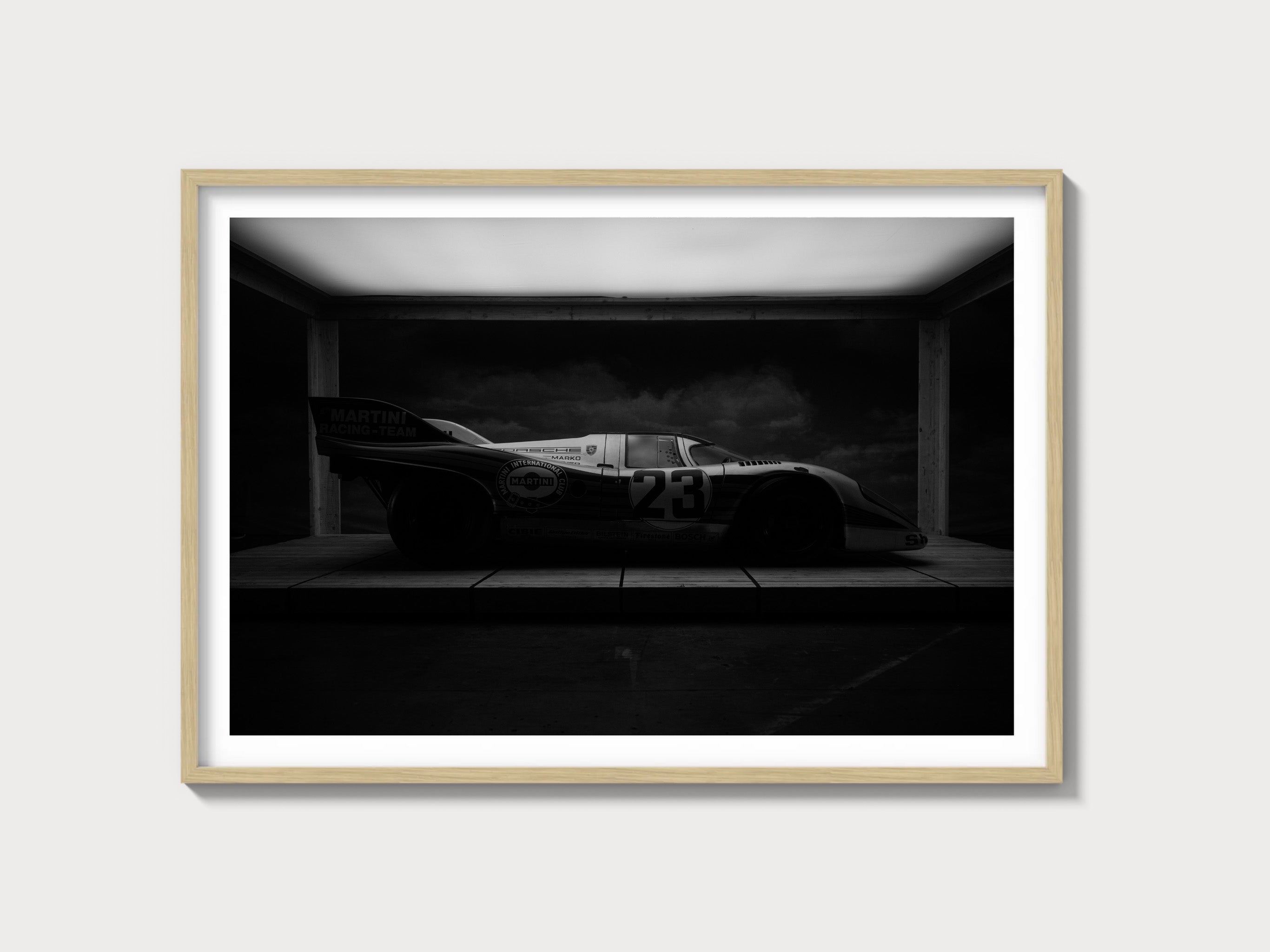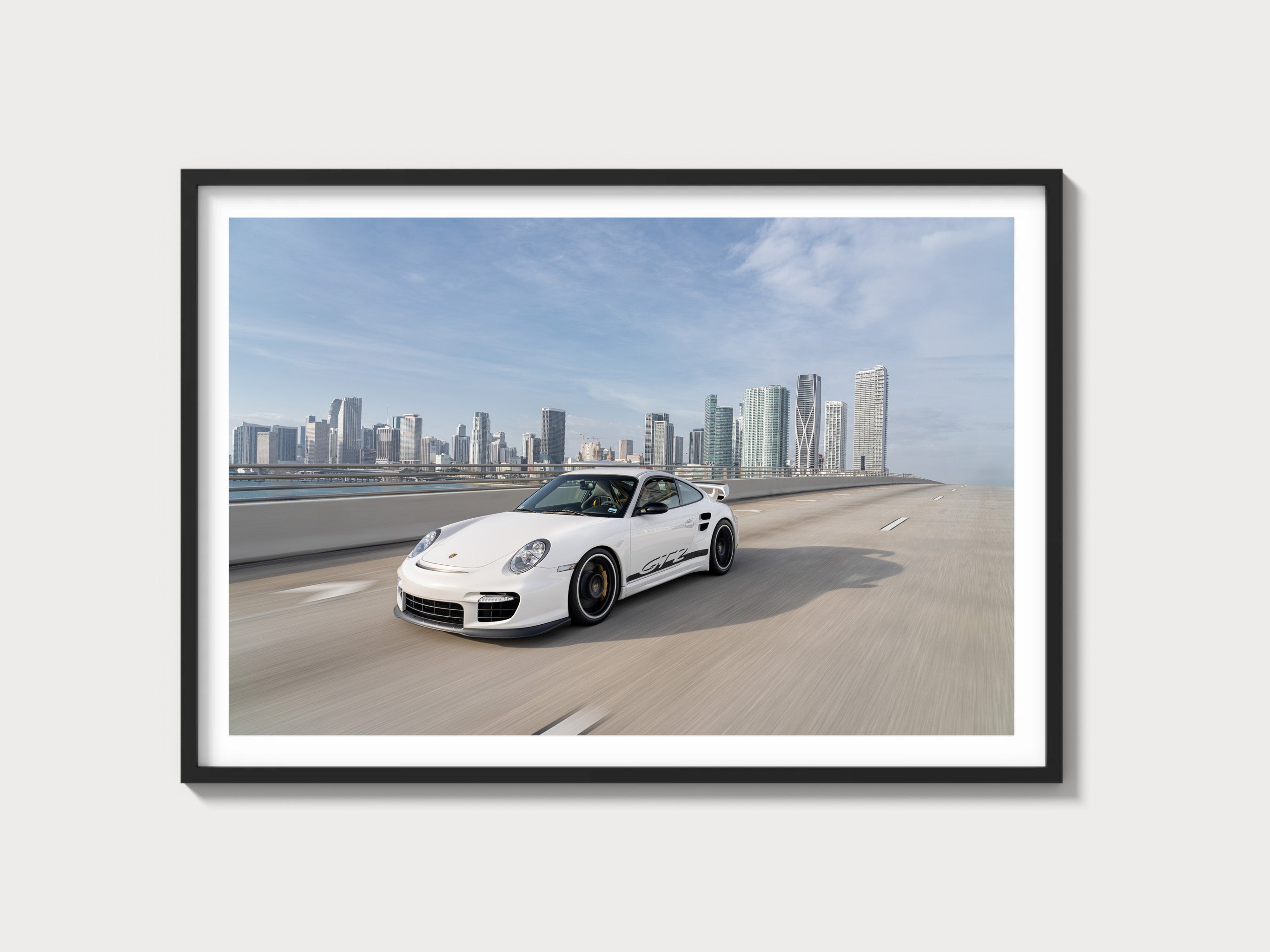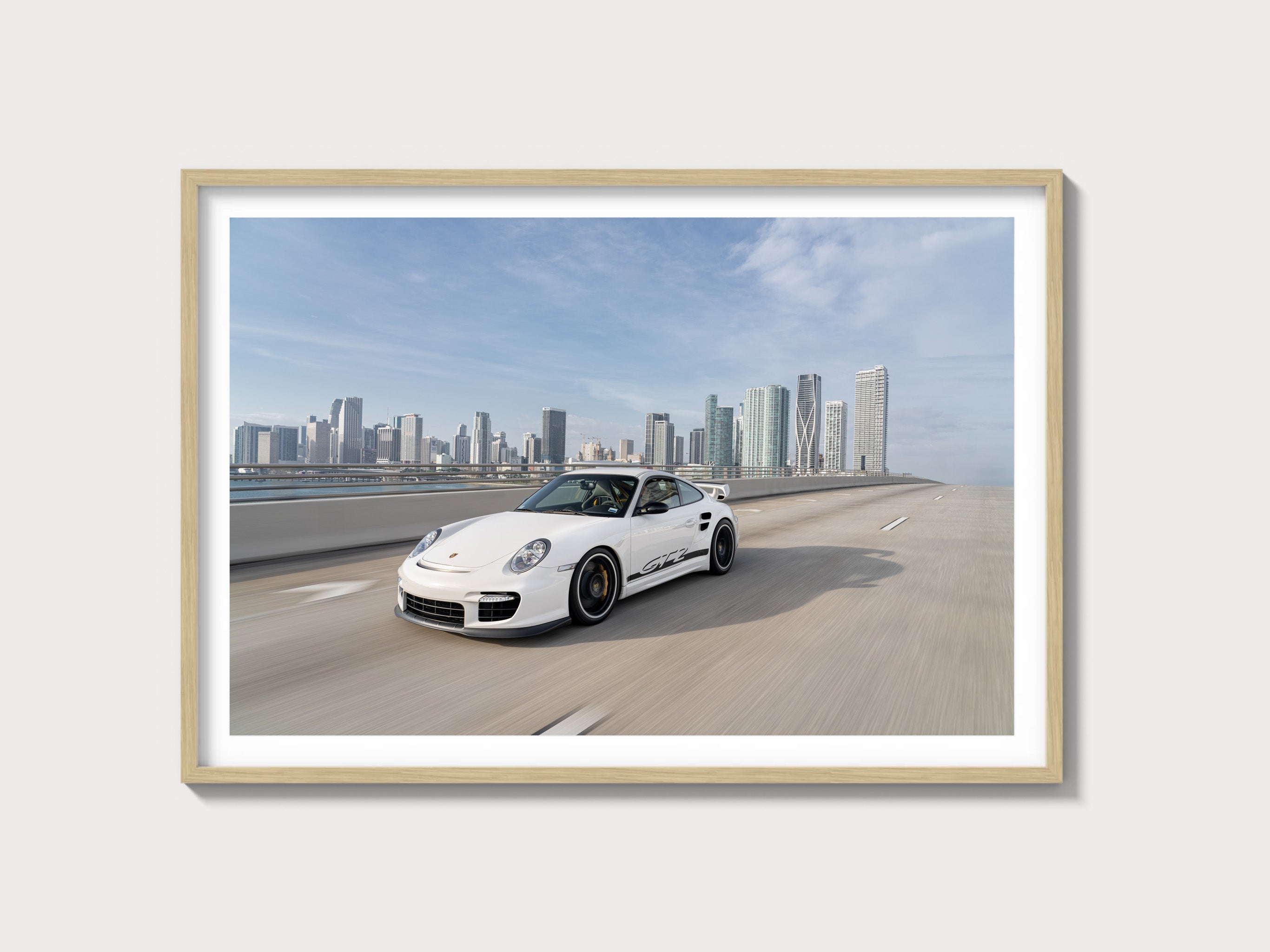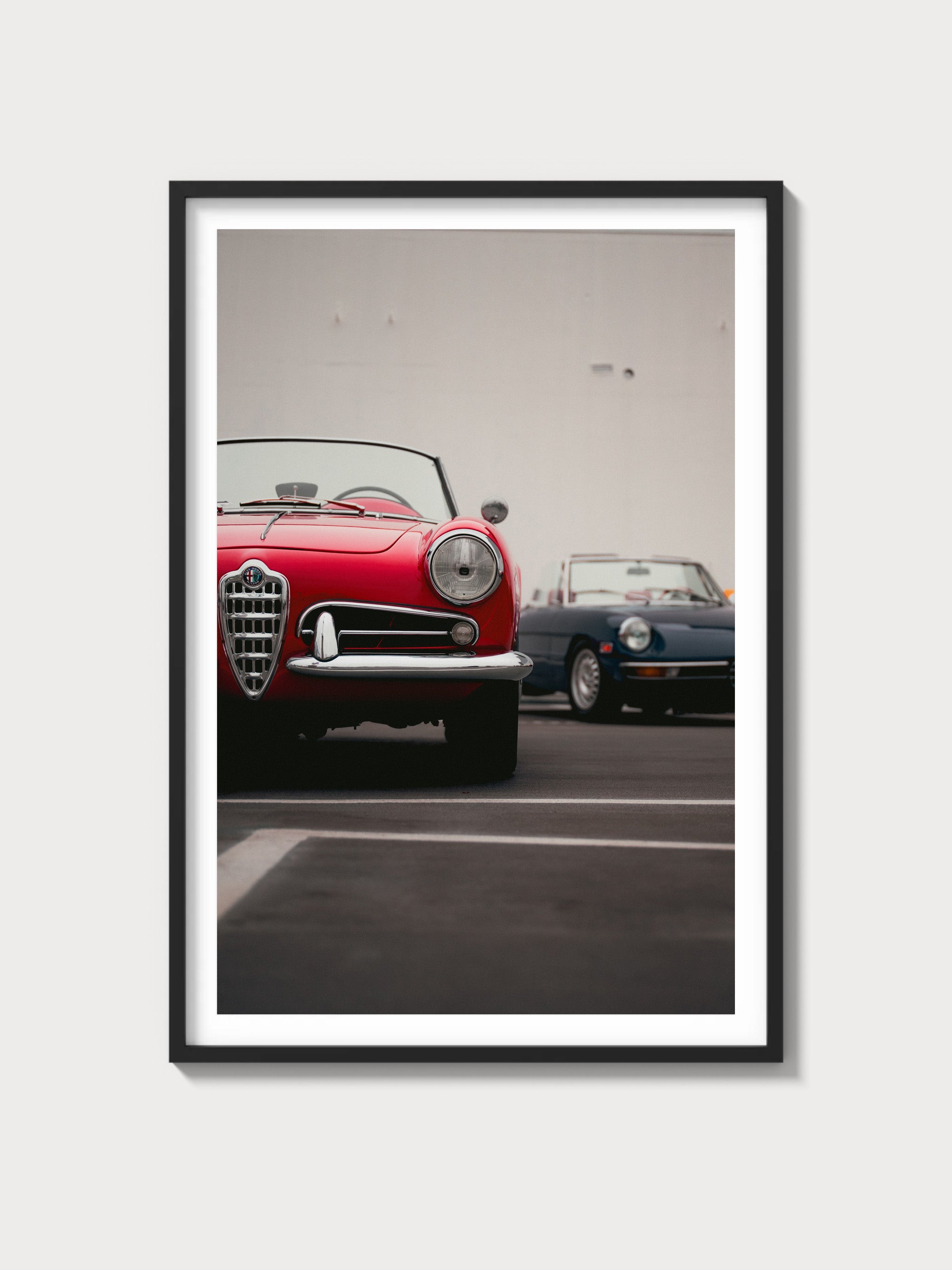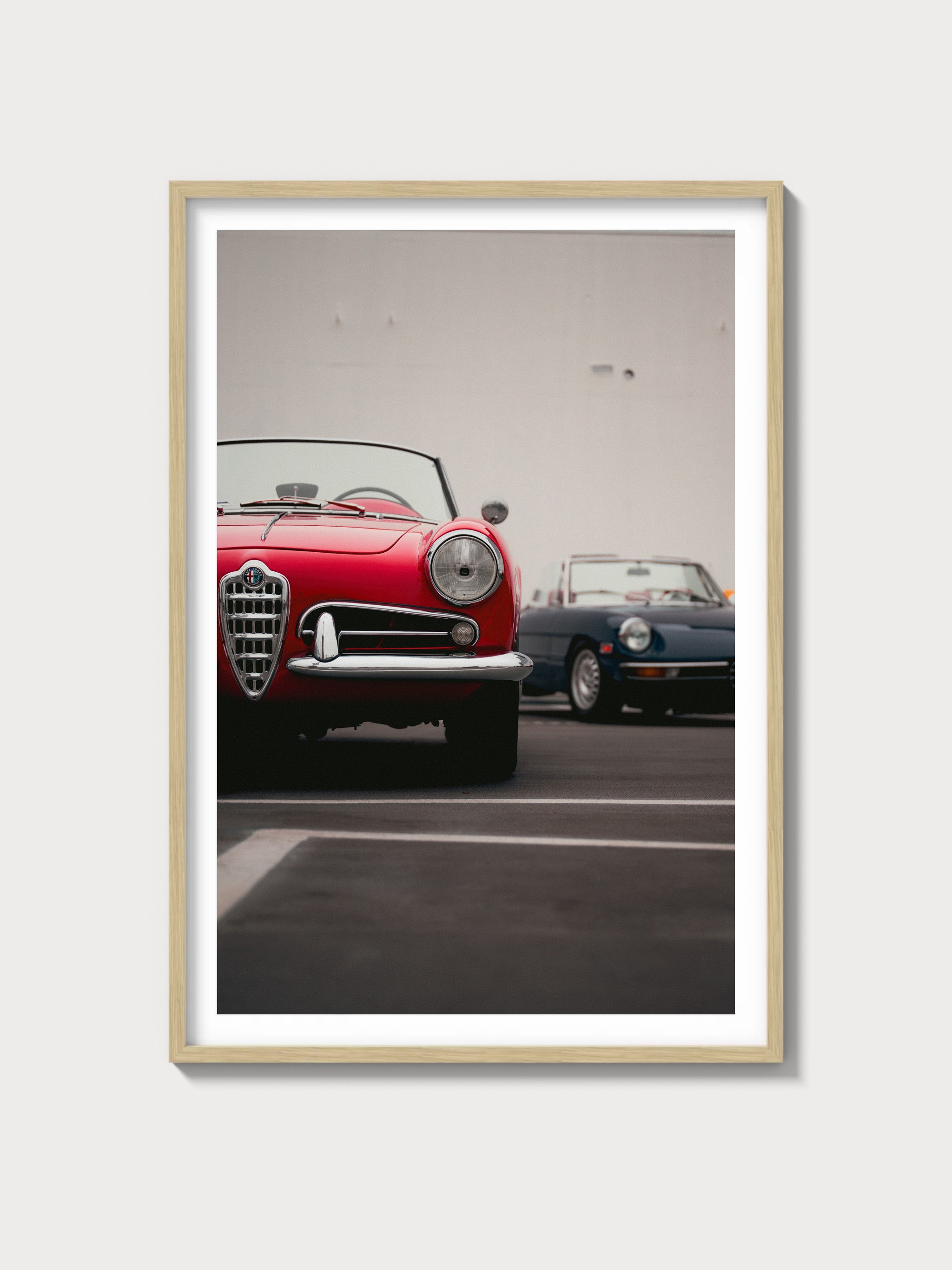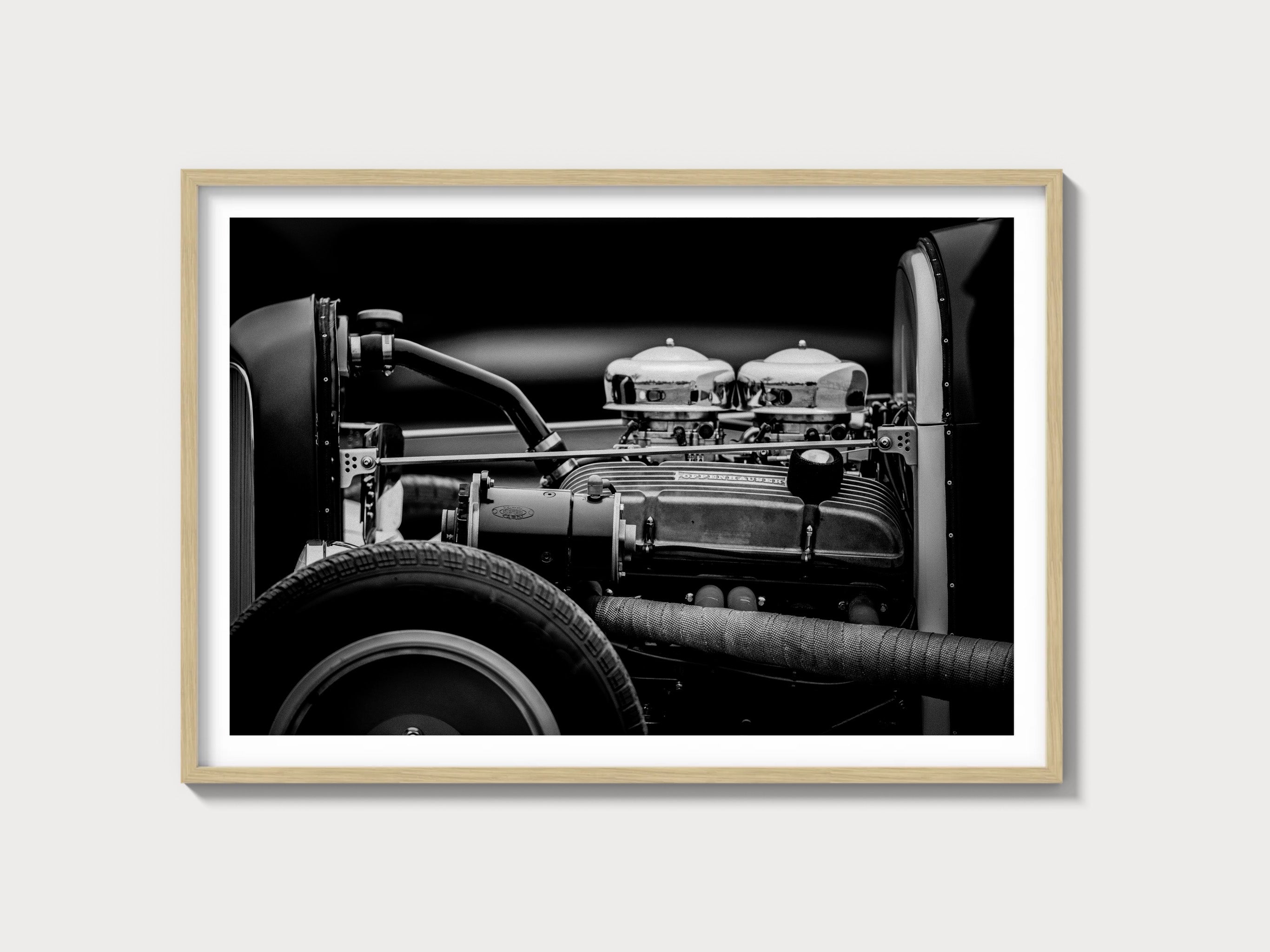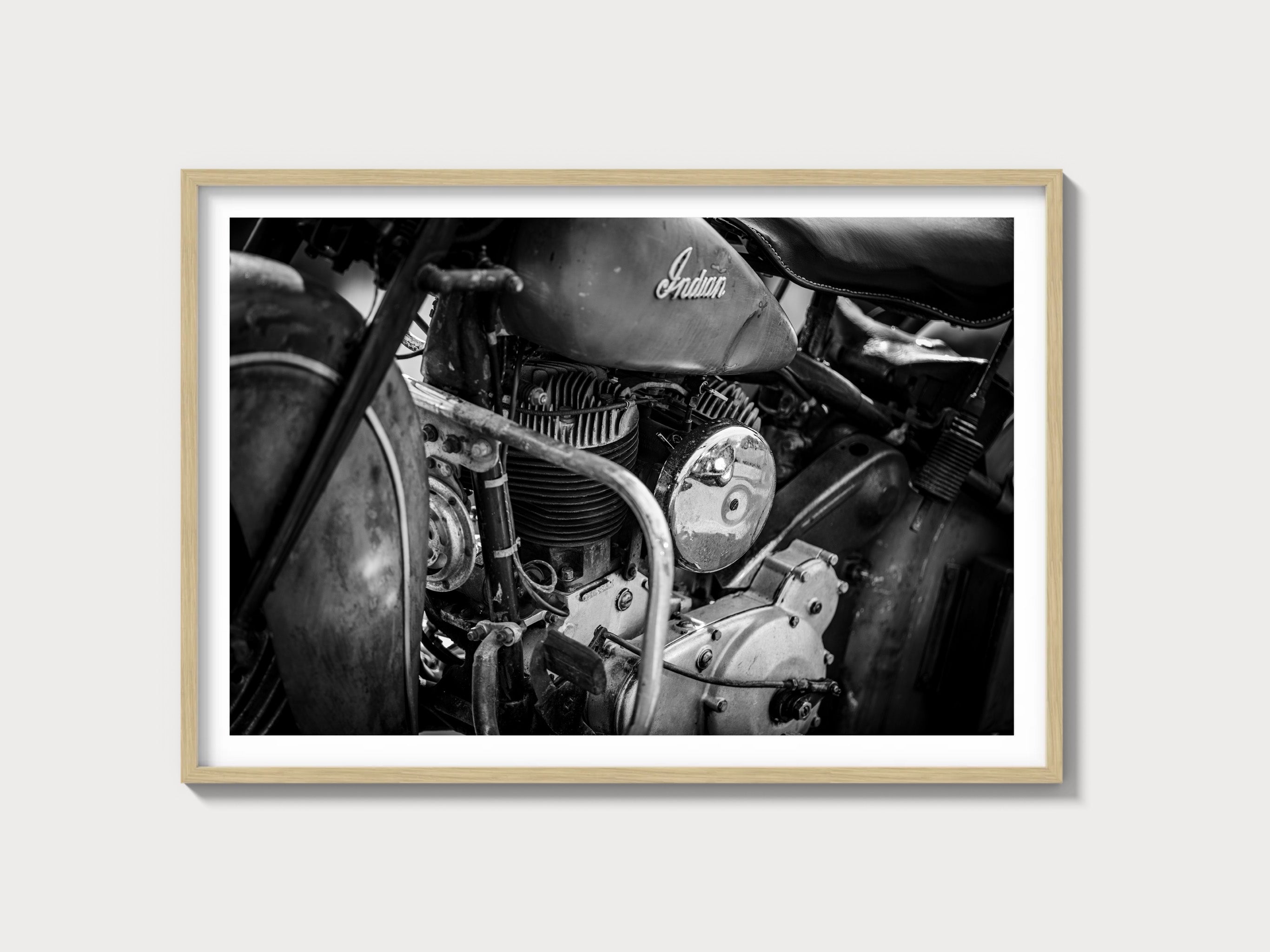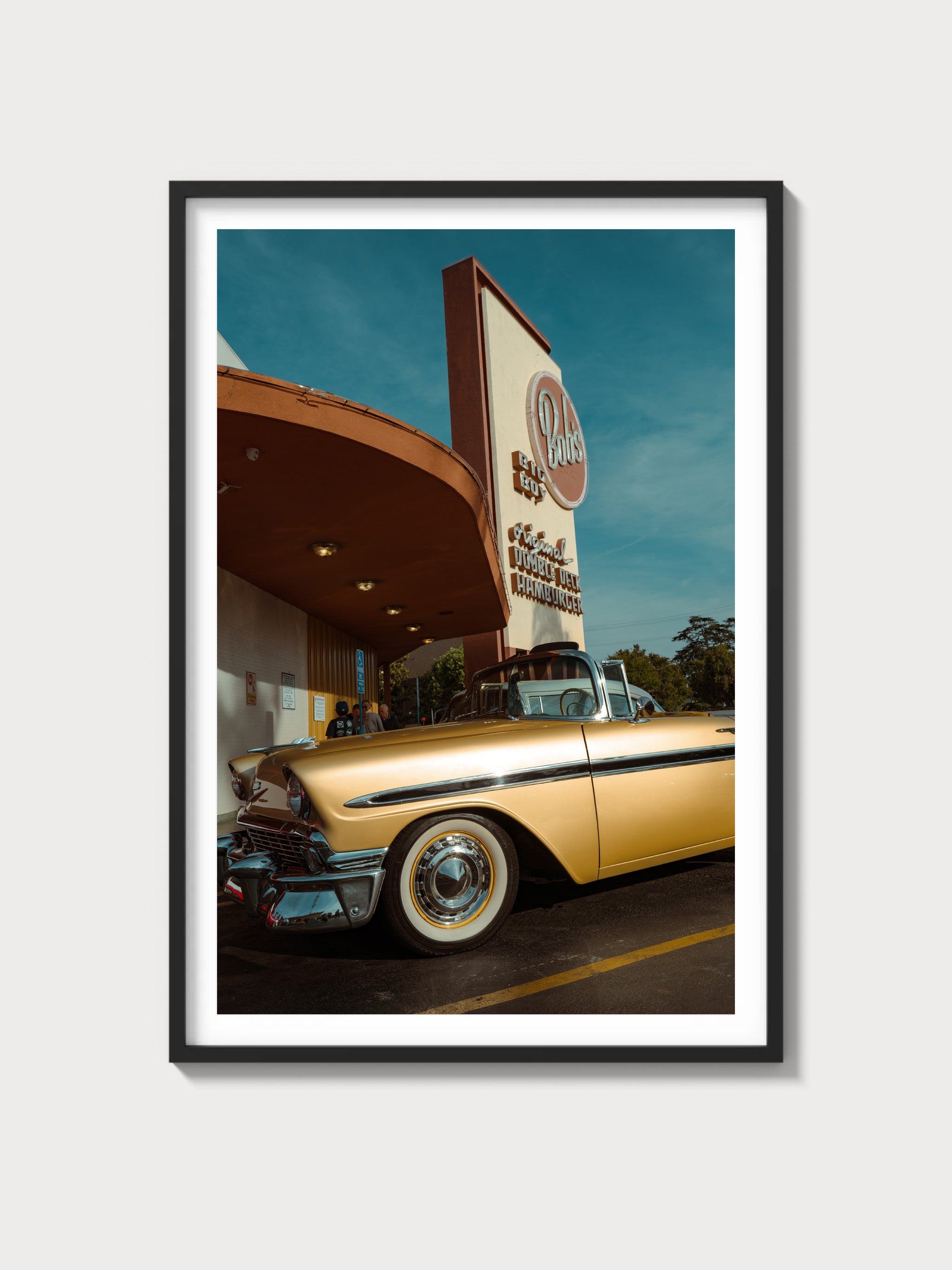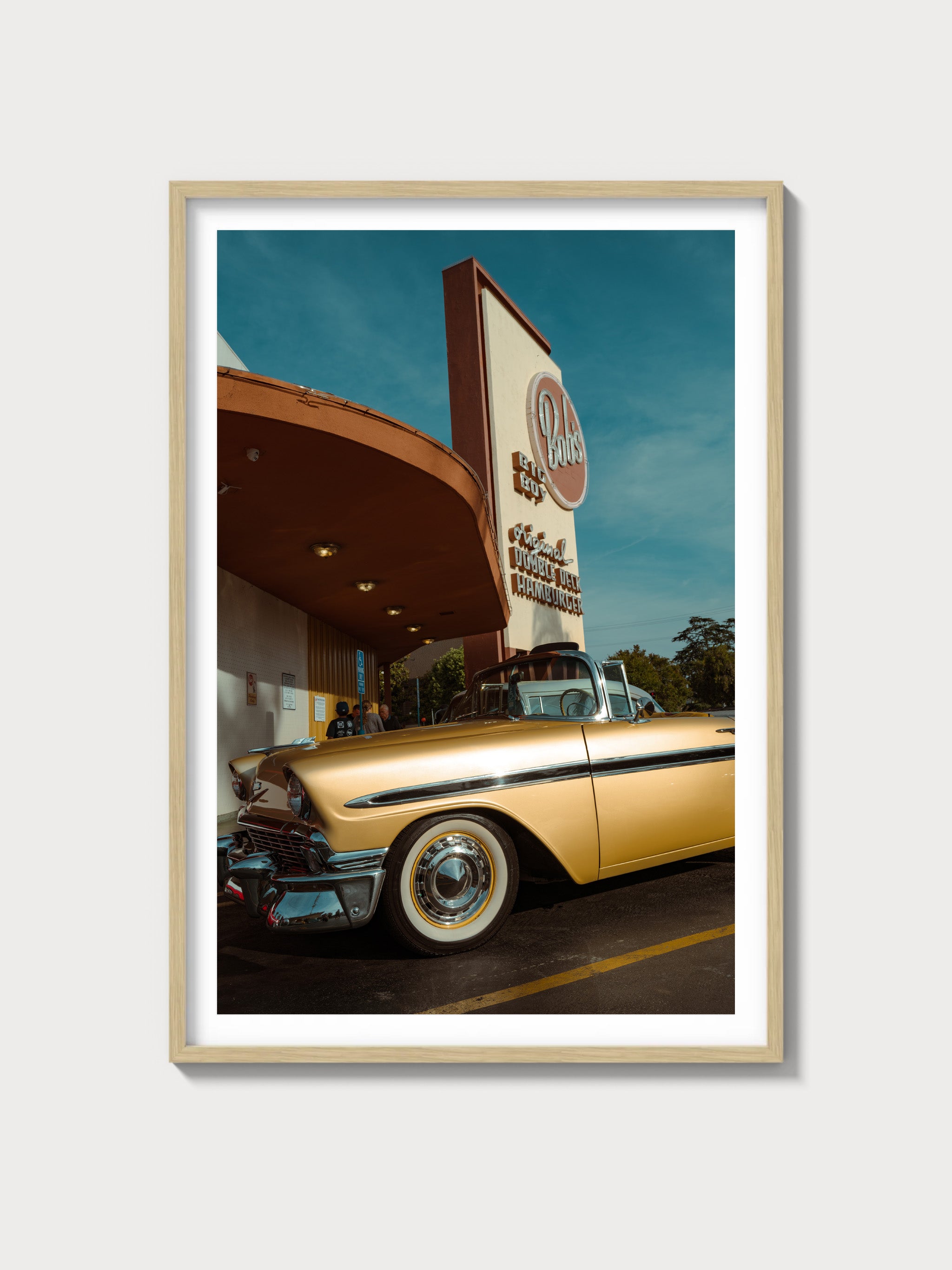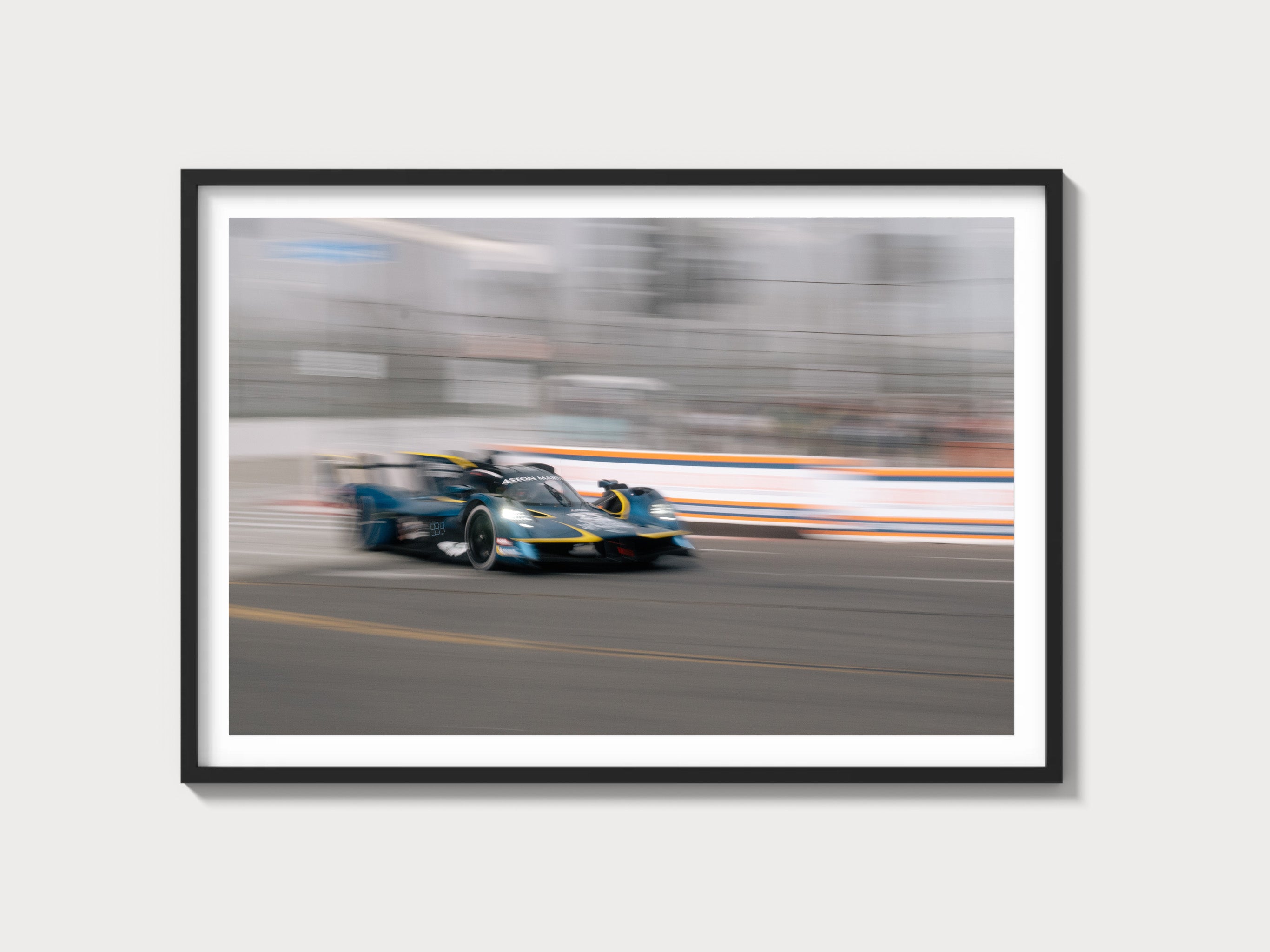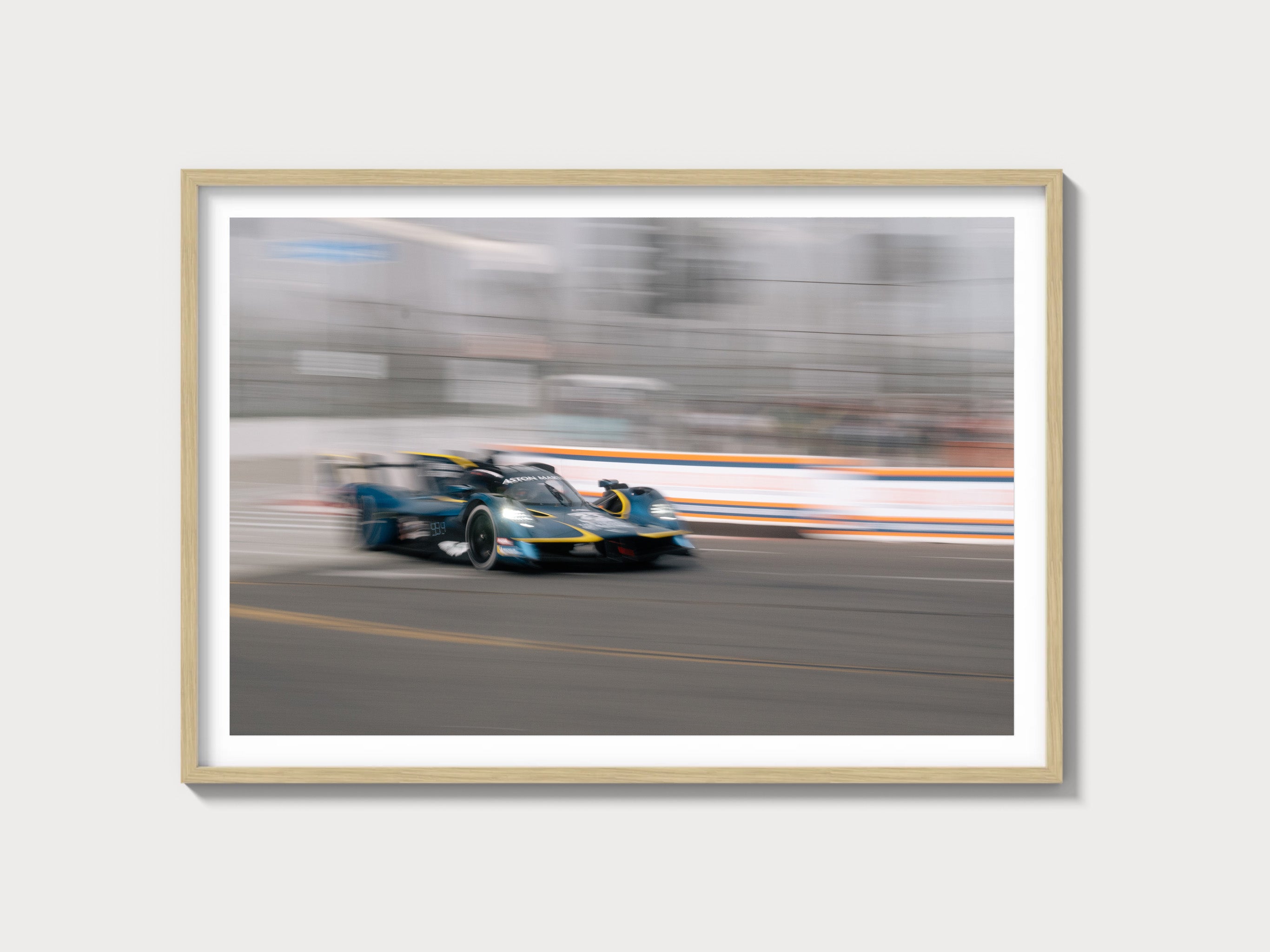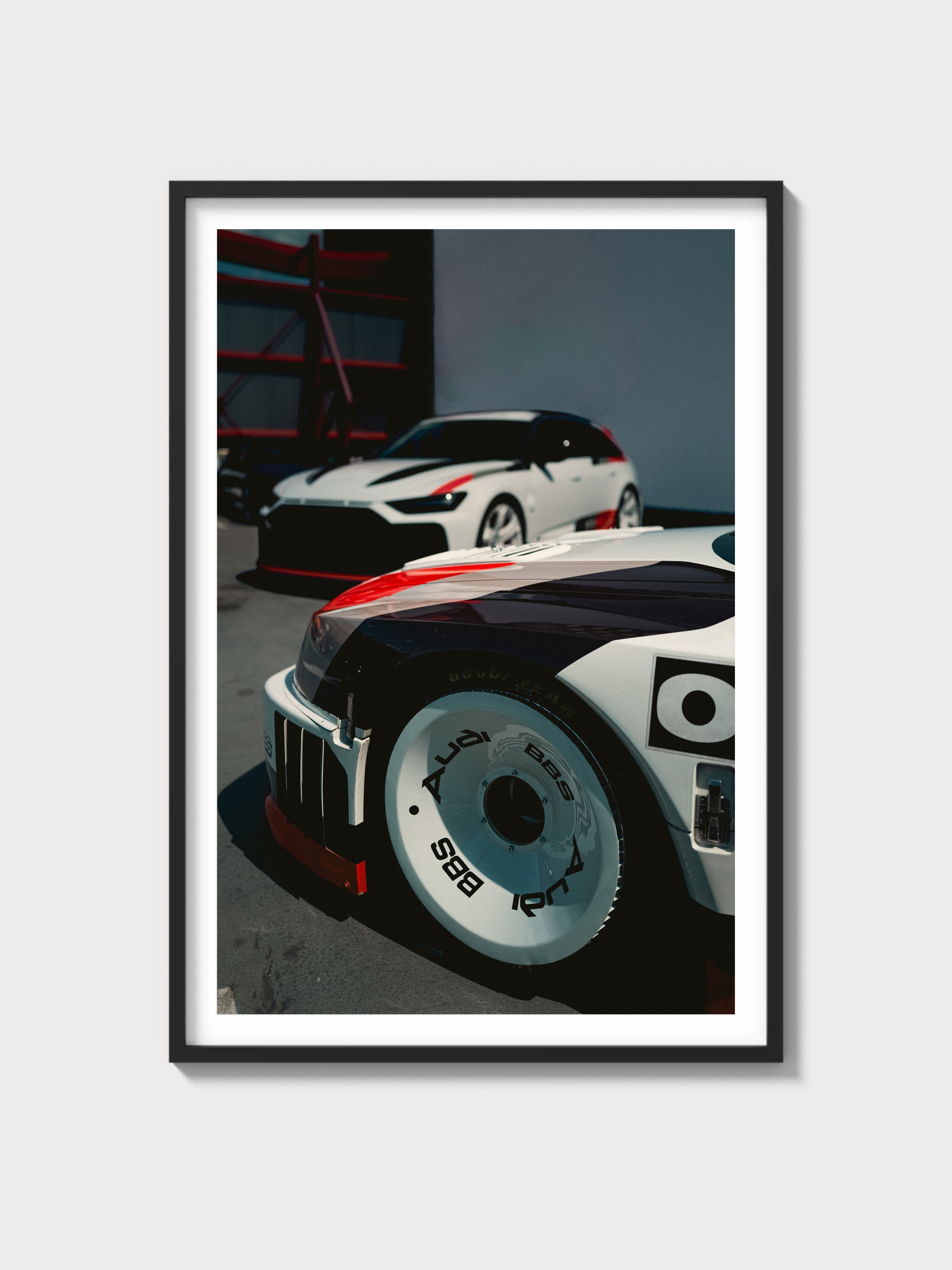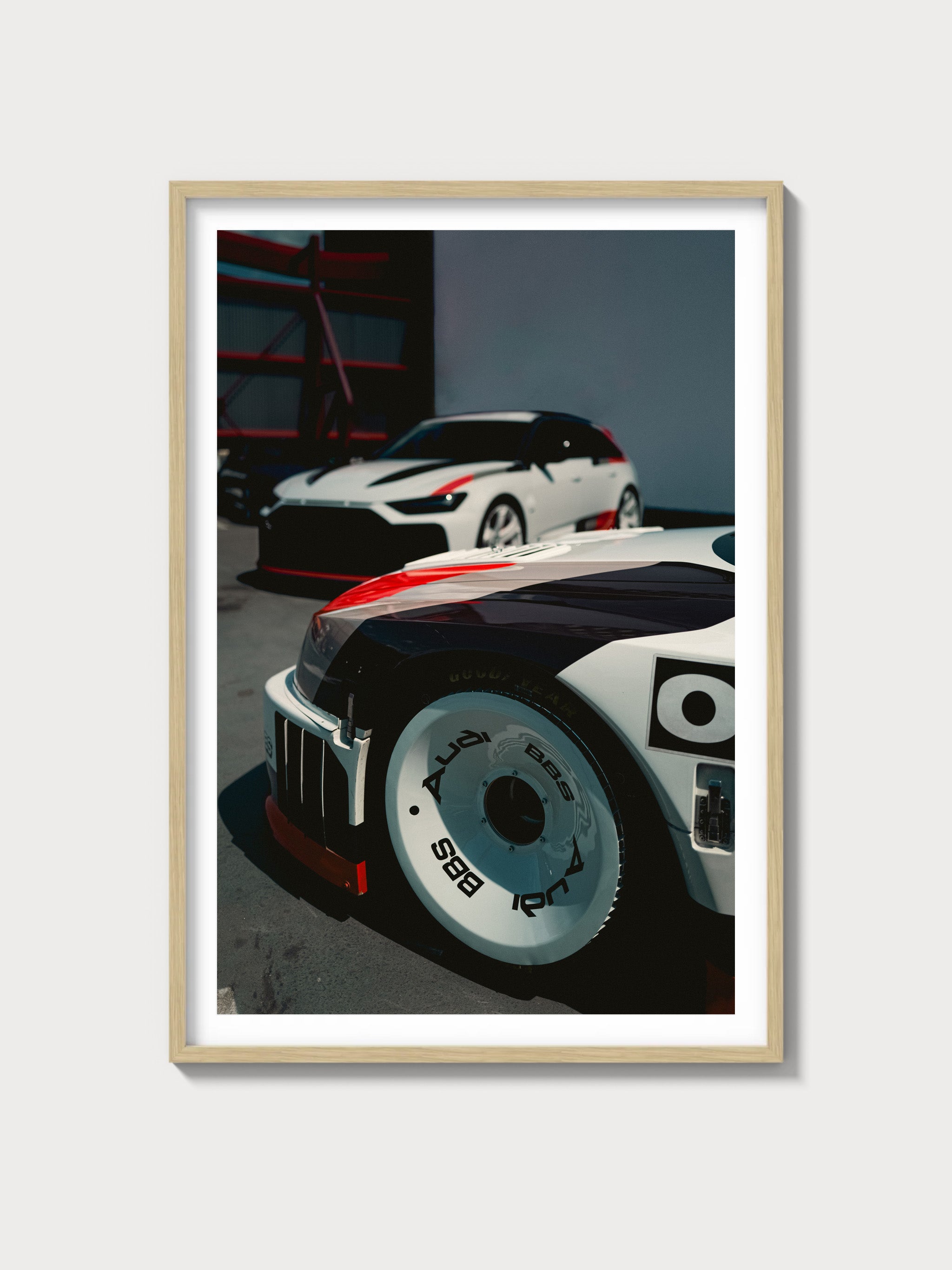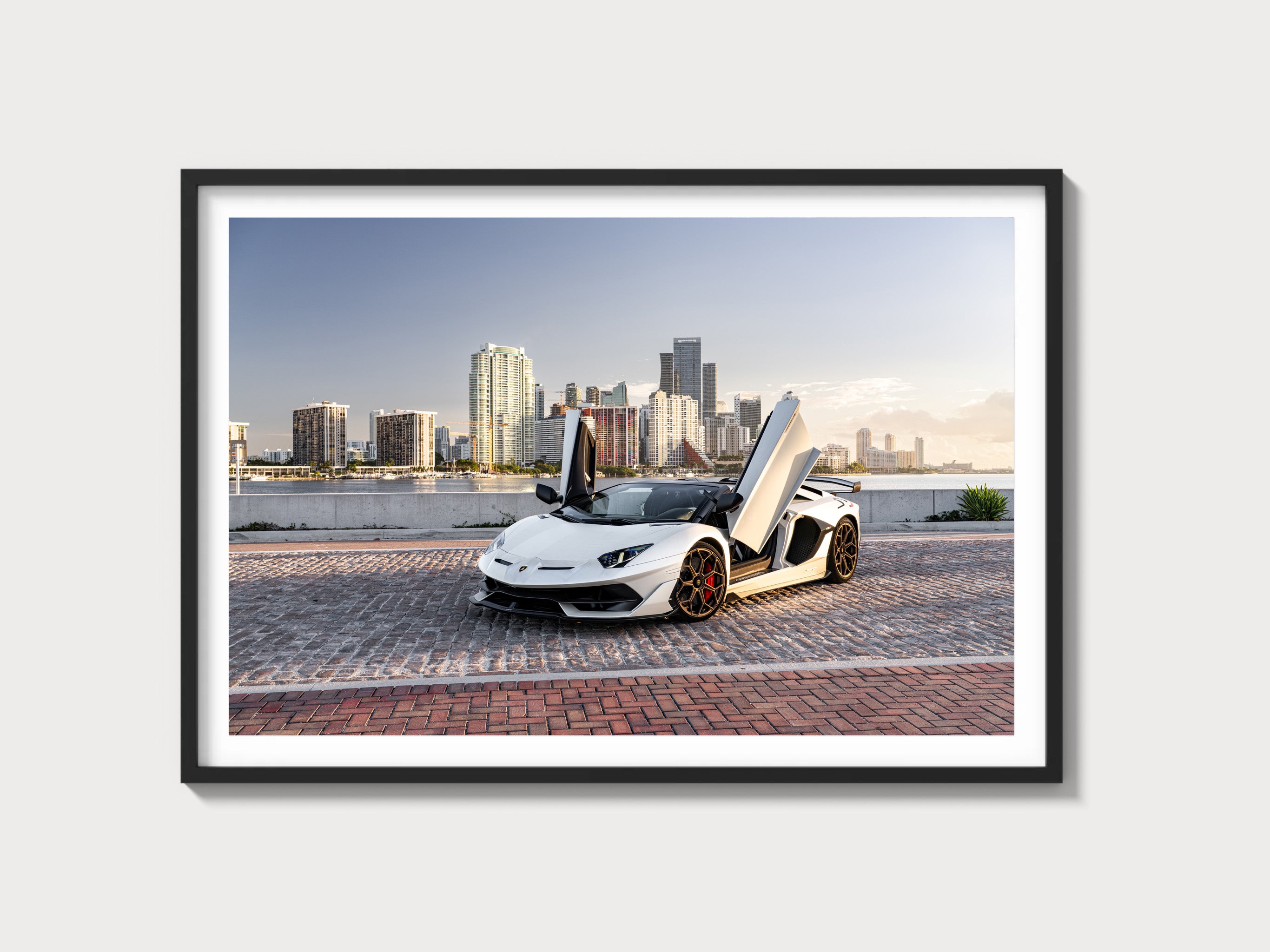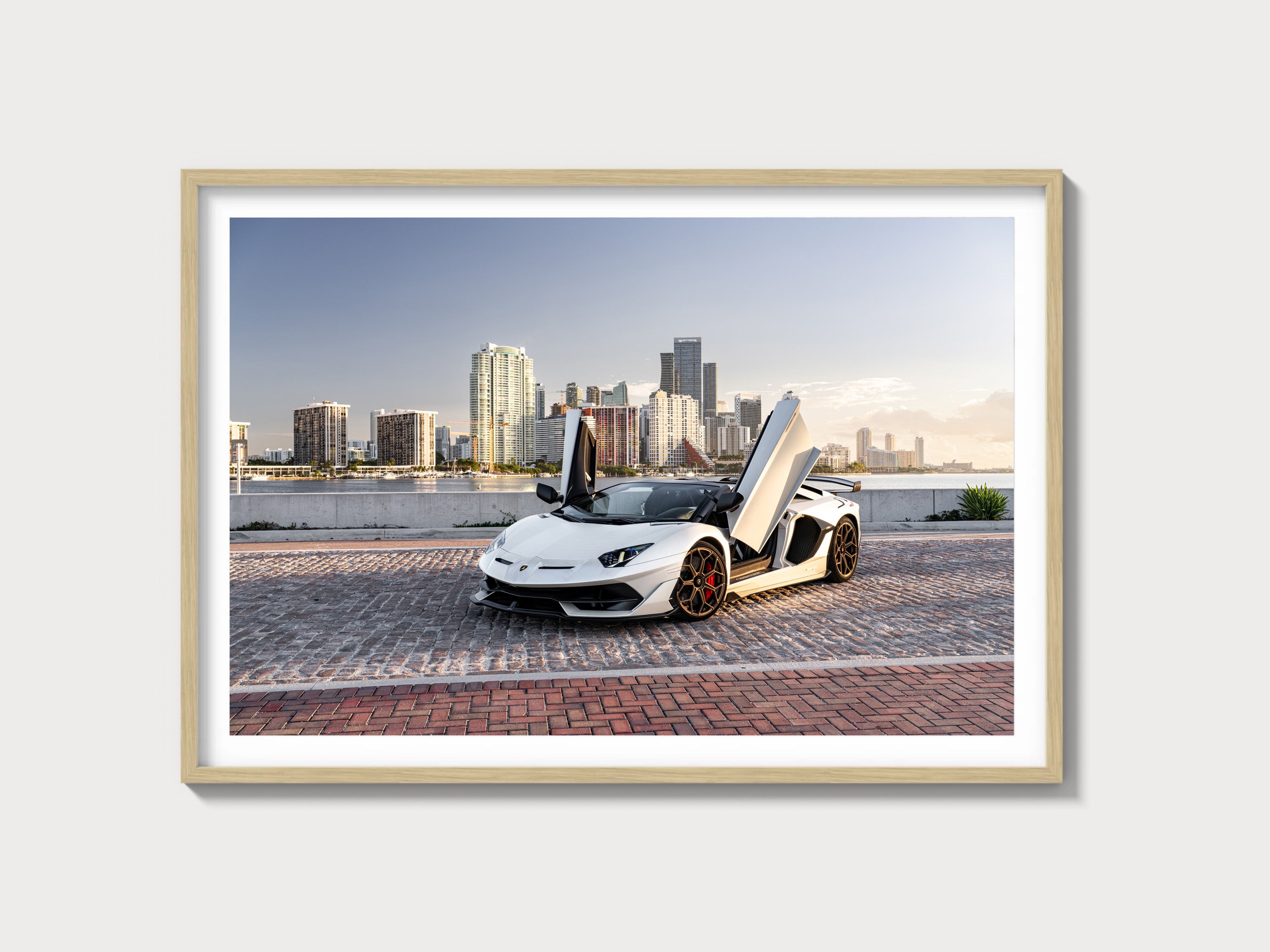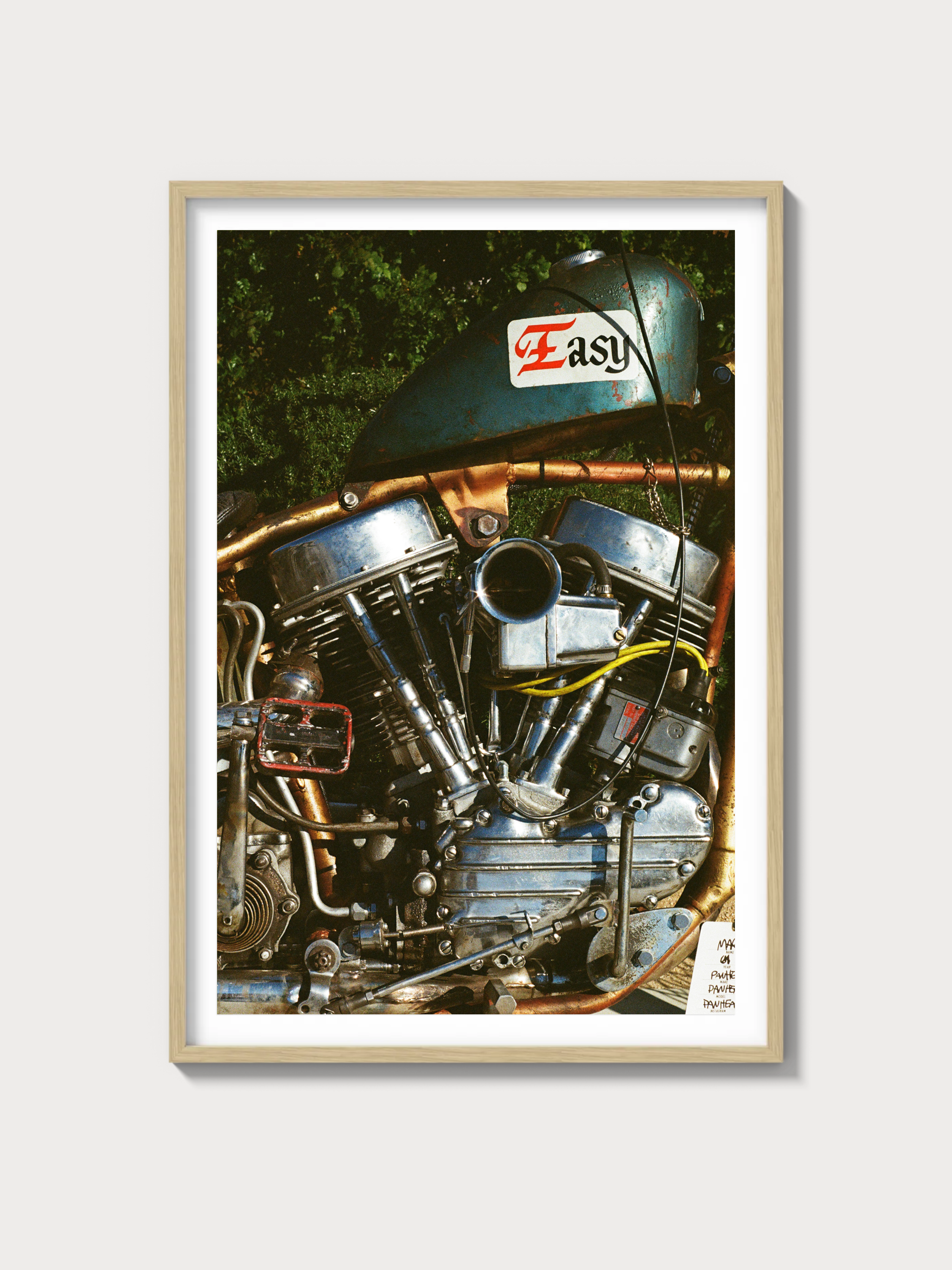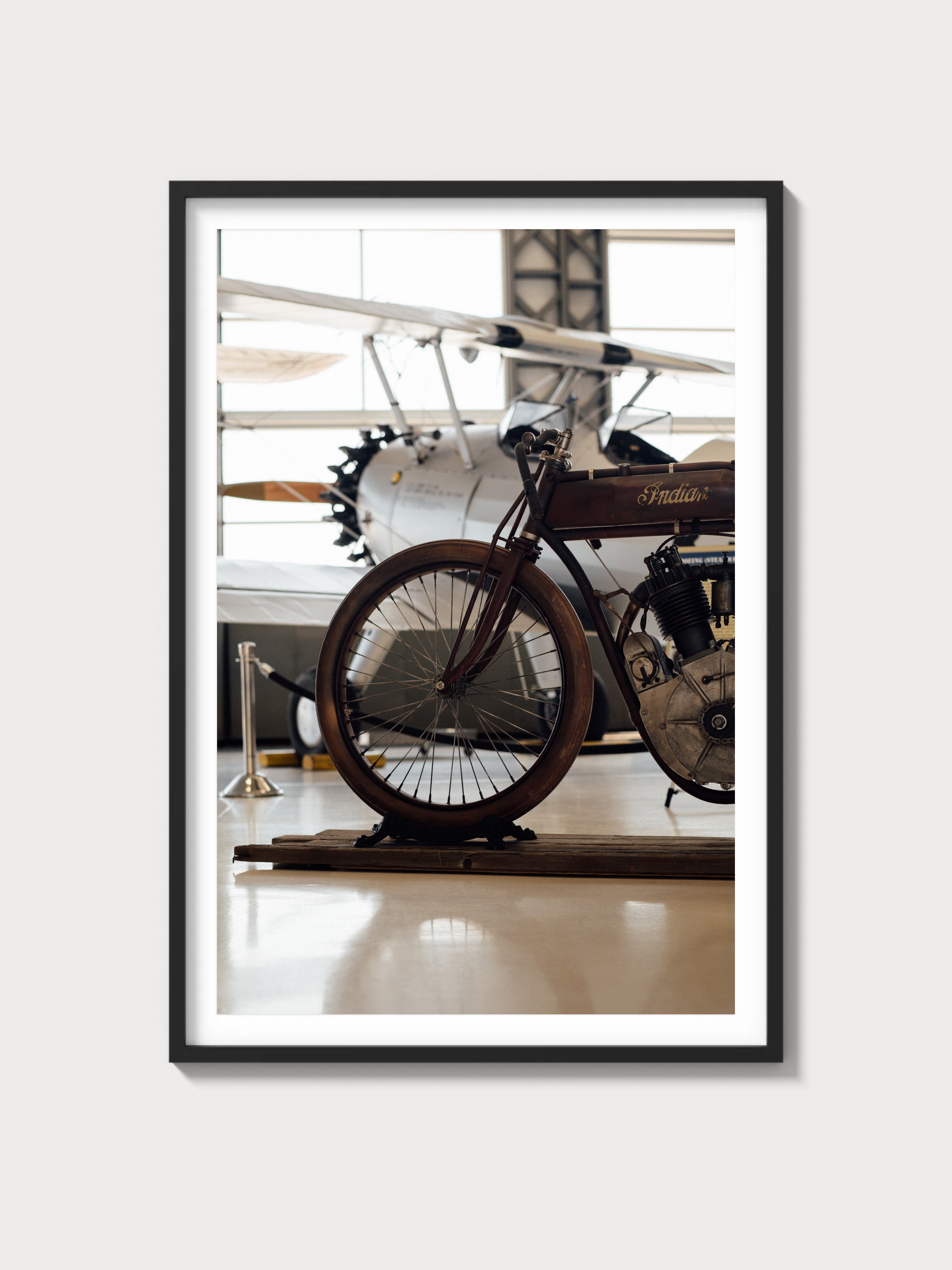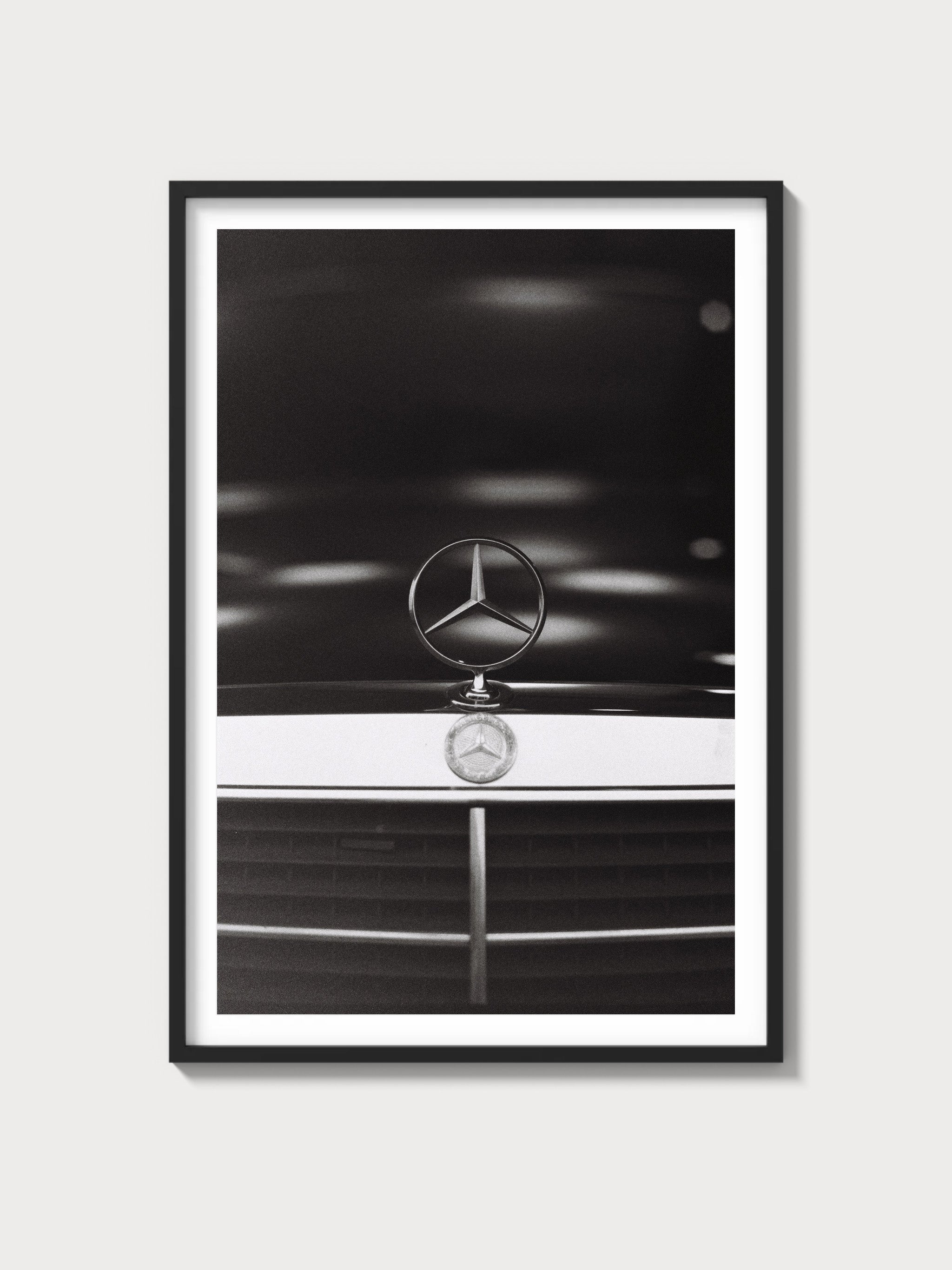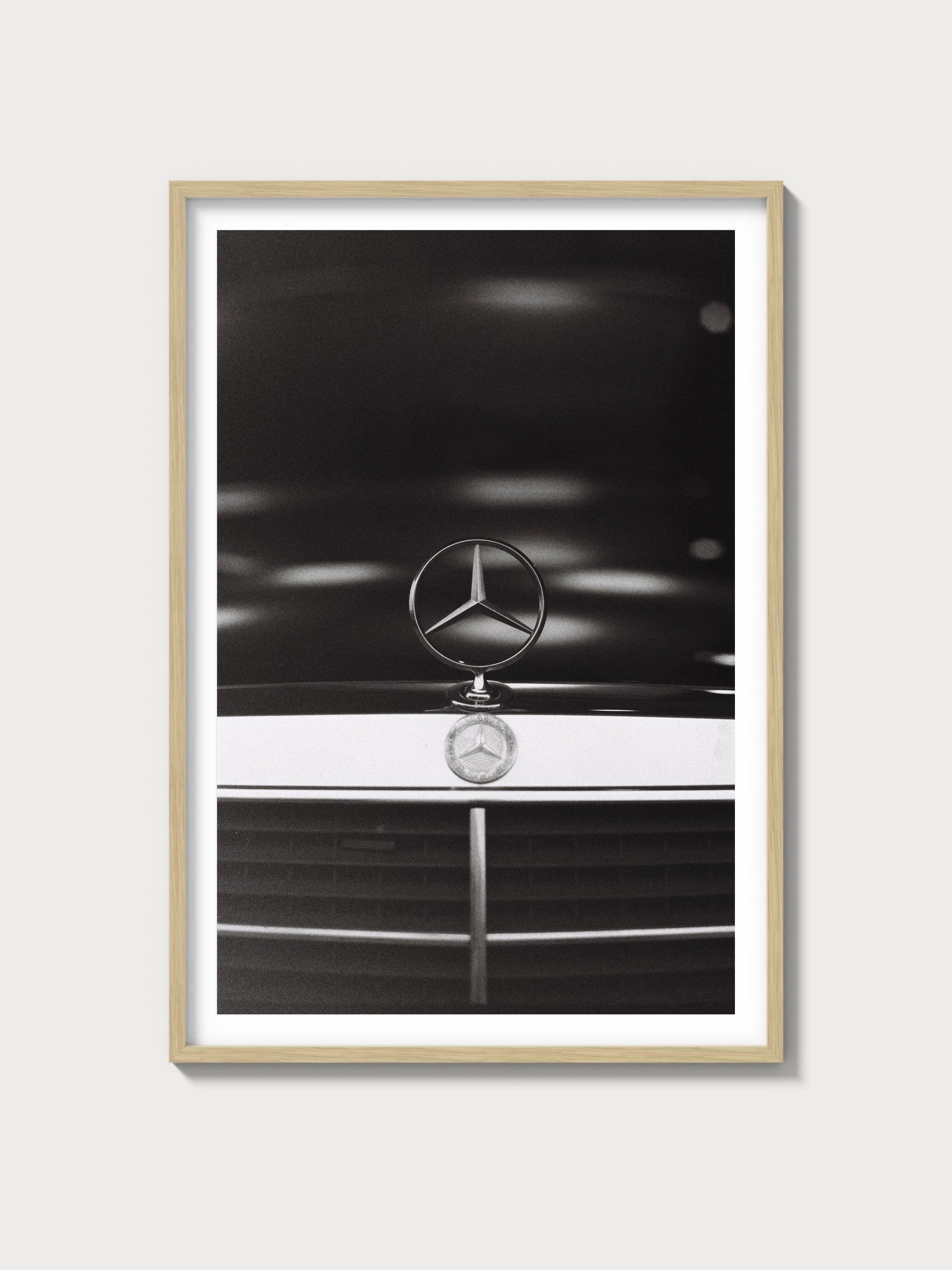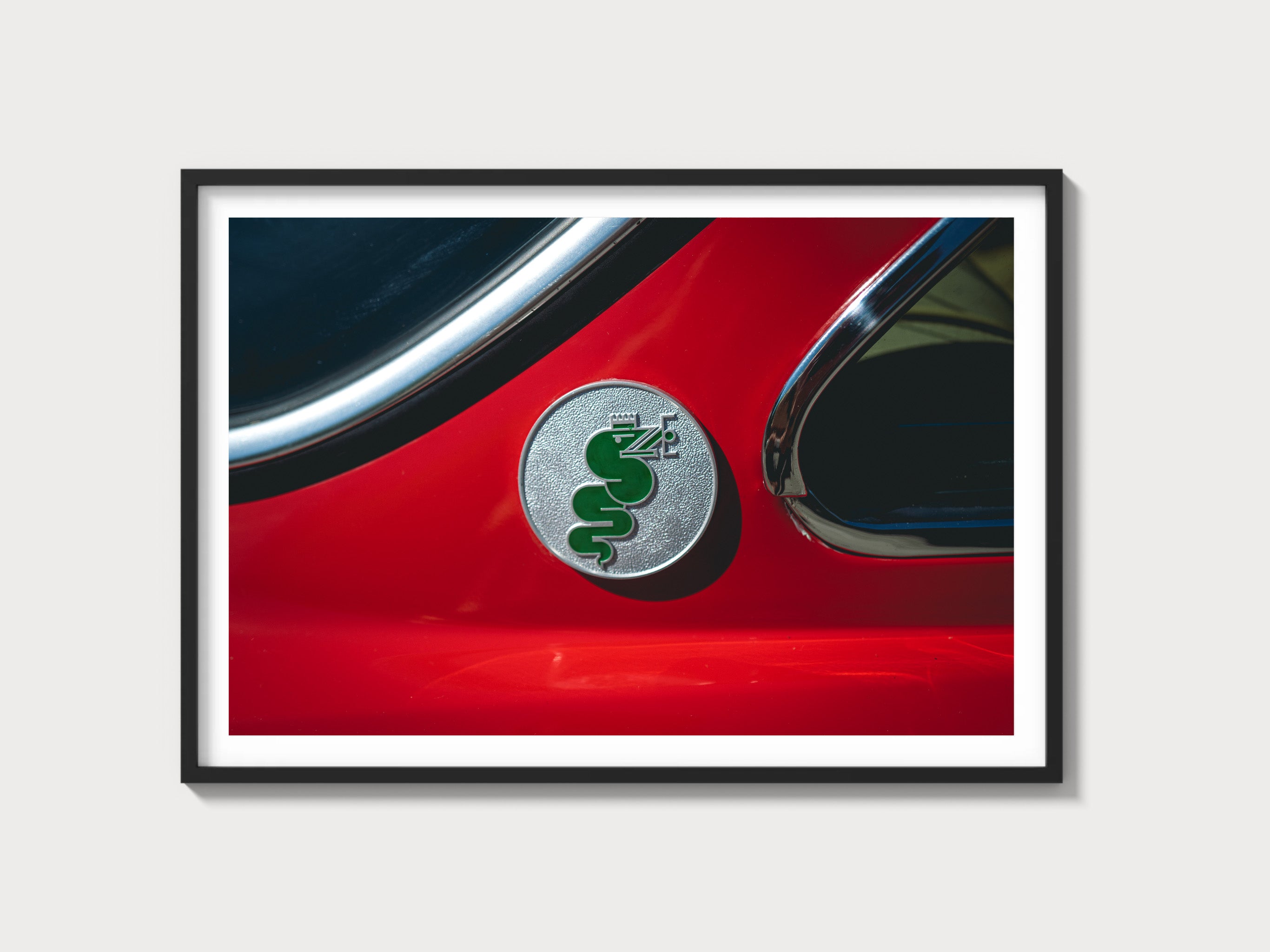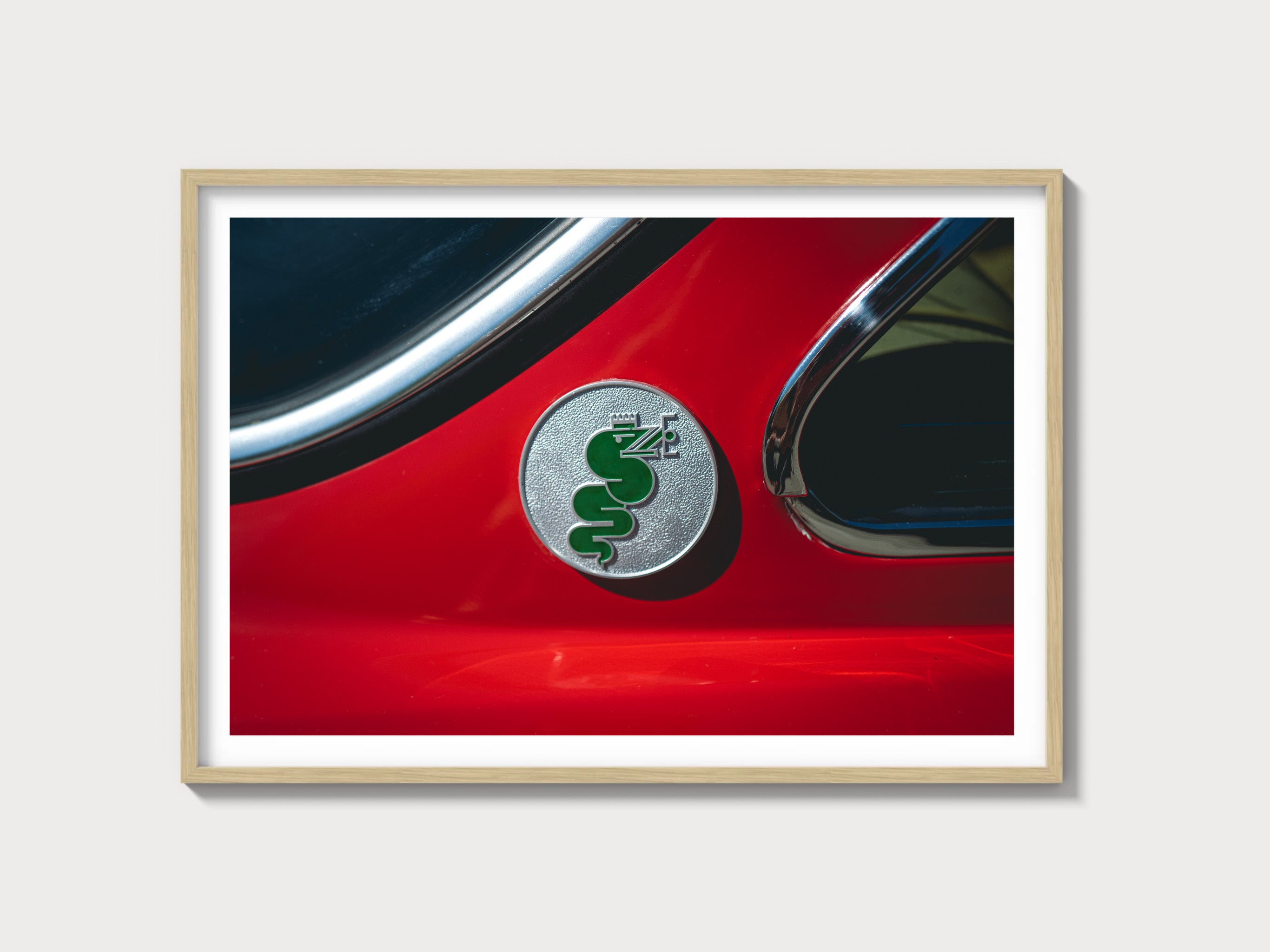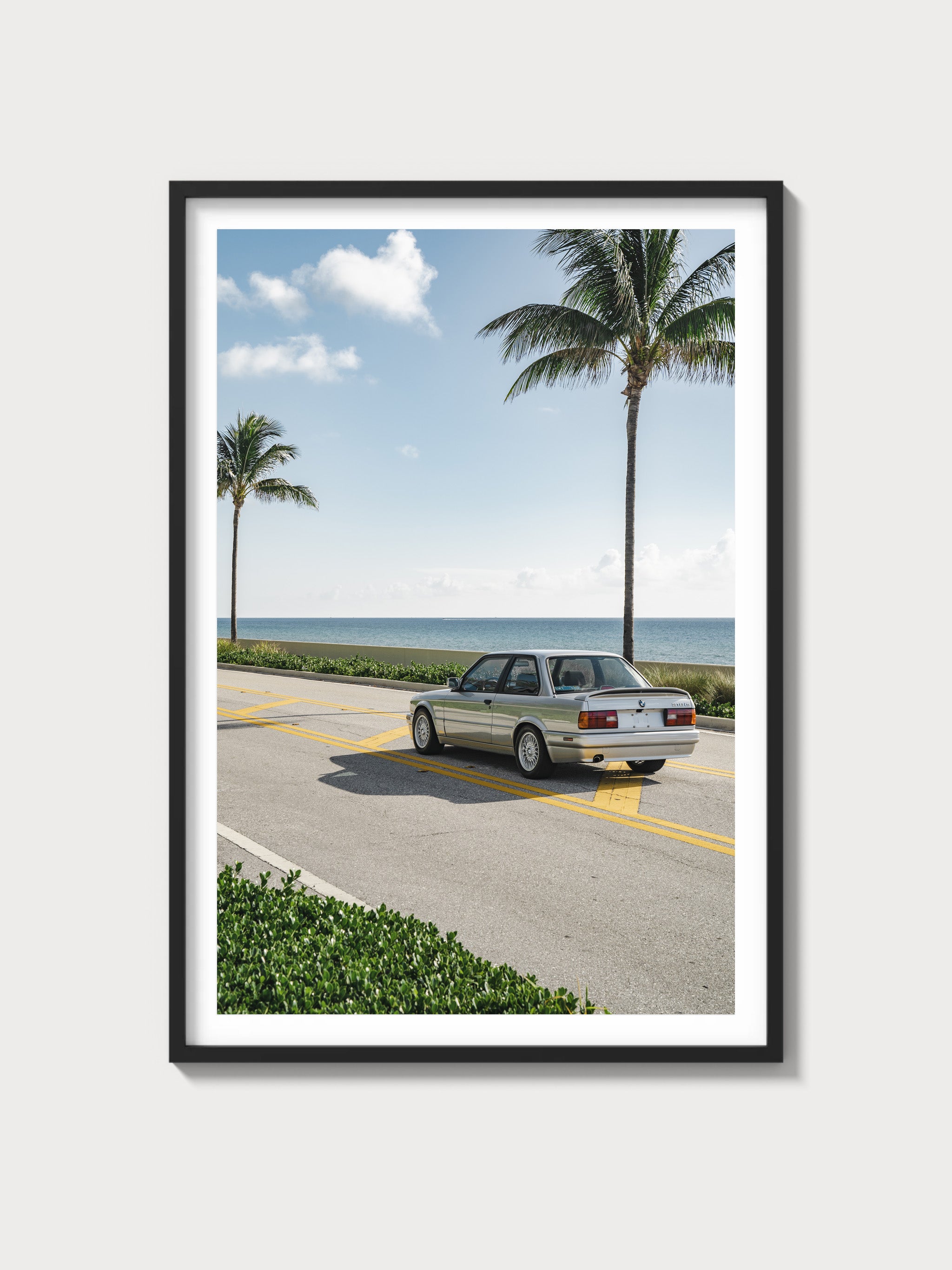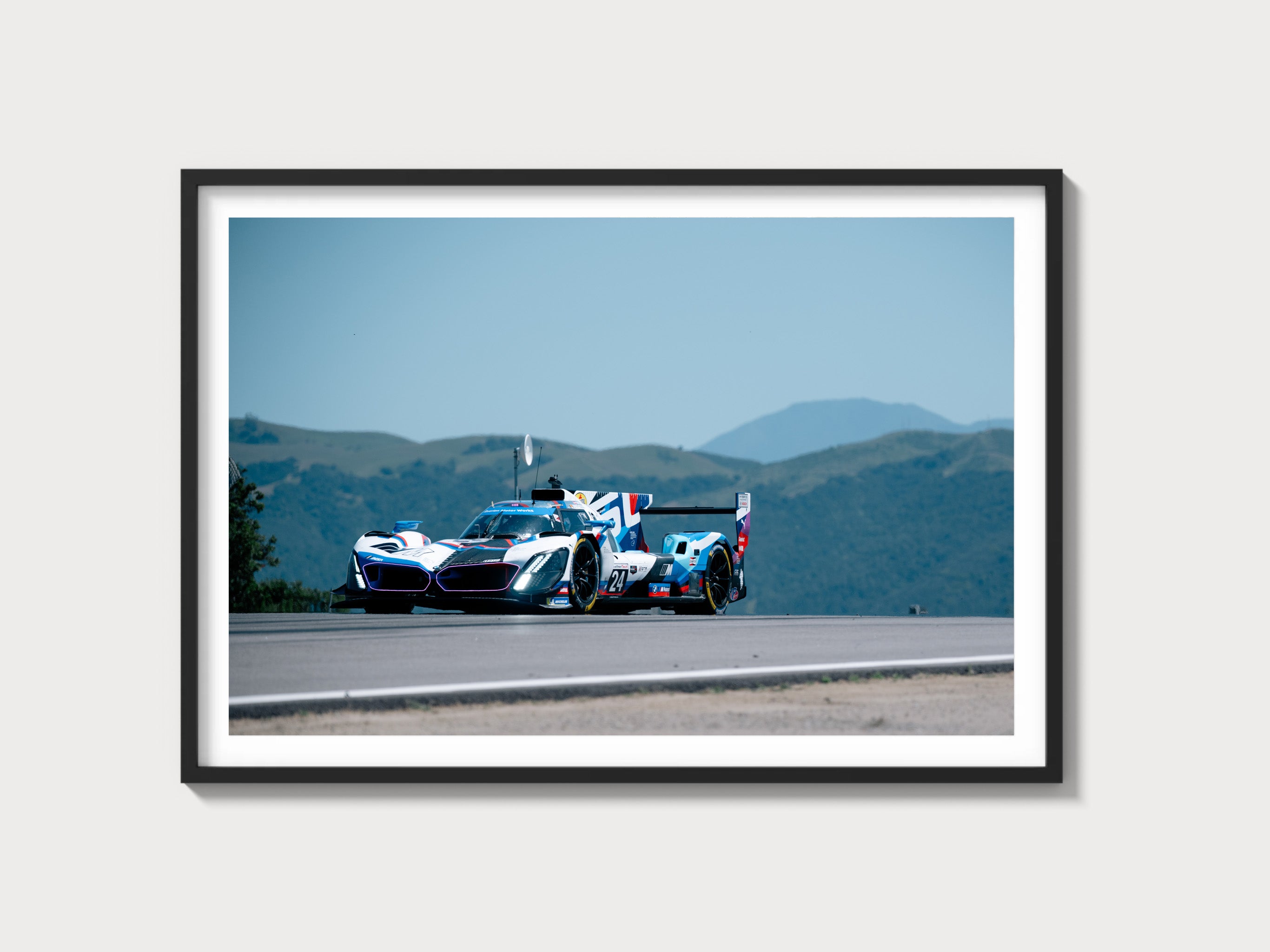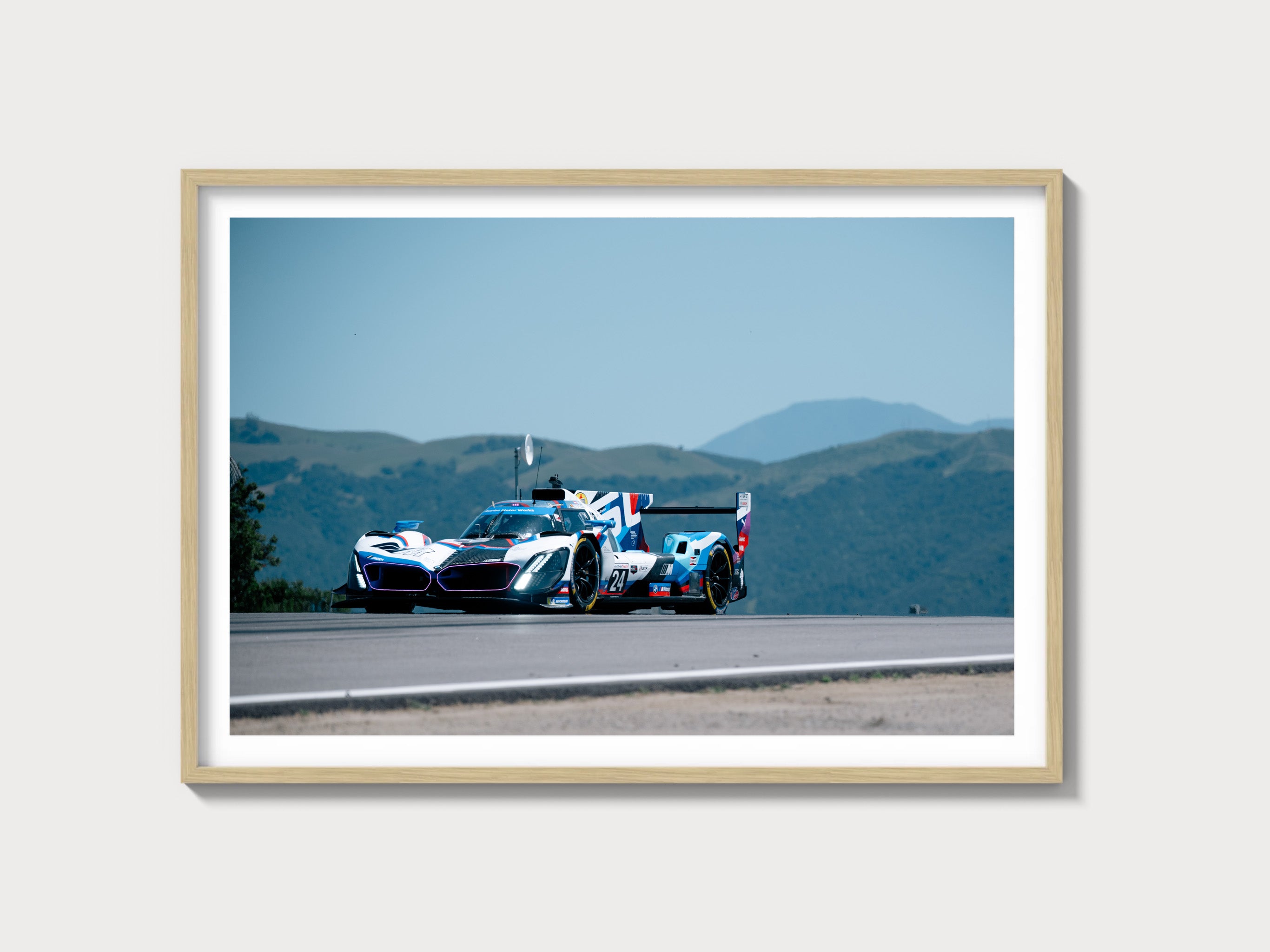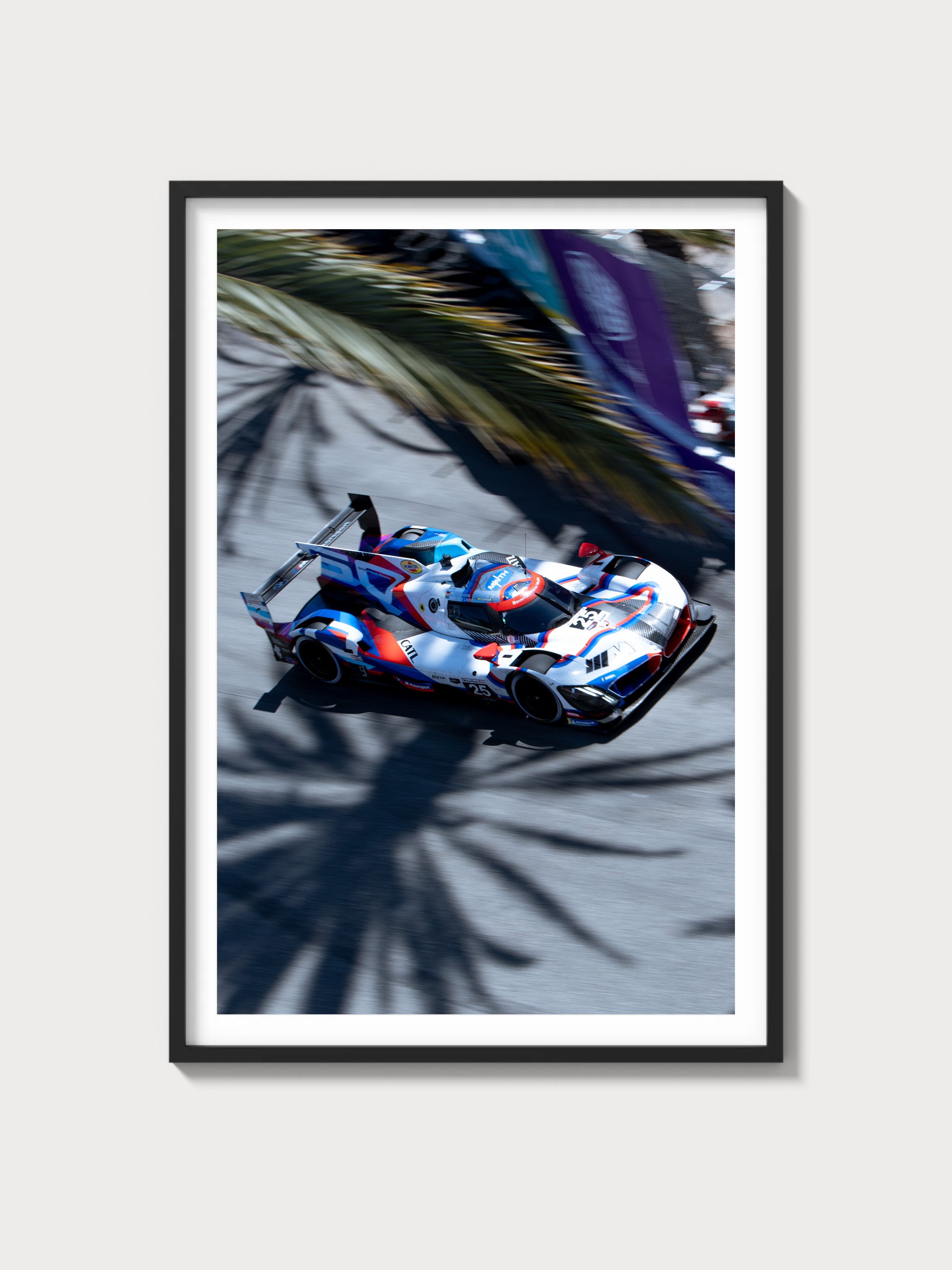Ferrari 410 Superamerica: The Definitive History, Specs, and Legacy
Introduction: Ferrari’s Ultimate Grand Tourer
In the storied evolution of Ferrari’s road cars, the 410 Superamerica, unveiled in 1955, stands as a monumental achievement—a grand tourer that redefined luxury and power. Powered by a colossal 5.0-liter Lampredi V12, this model saw just 29 units produced across three series, each a bespoke creation primarily by Pininfarina, with contributions from Scaglietti, Ghia, and Boano. Succeeding the 375 America, the 410 Superamerica elevated Ferrari’s America lineage, offering unmatched performance and opulence for the world’s wealthiest clientele.
The year 1955 marked Ferrari’s mastery of dual realms—racing triumphs with the 375 MM and road car prestige. Debuted at the 1955 Paris Motor Show, the 410 Superamerica was Enzo Ferrari’s pinnacle for the jet-set elite. This exhaustive chronicle, written with a Ferrari historian’s precision, explores its technical grandeur, its bespoke artistry, its commanding performance, and its lasting legacy.
Historical Context: Ferrari’s Luxury Ascendancy
The Ferrari 410 Superamerica emerged in an era of postwar exuberance. By 1955, Ferrari’s racing pedigree—Le Mans 1954, Carrera Panamericana 1953—was unassailable, yet Enzo’s road car ambitions soared. The 375 America’s 4.5L V12 had dazzled, but its 300 hp and modest refinement left room for a grander vision. The 410 Superamerica, with its 5.0L engine, answered, its “Superamerica” moniker signaling a leap beyond the 340 and 375, aimed at America’s booming luxury market and Europe’s elite.
Twenty-nine units were crafted across three series—Series I (1955-56), II (1956-57), III (1958-59)—each a bespoke marvel. Chassis 0483SA, a Pininfarina coupe, debuted at Paris in October 1955, its imposing stance a testament to Ferrari’s growing alliance with Pininfarina. This was a car for magnates and monarchs—Shah of Iran, William Harrah—its rarity reflecting Ferrari’s artisanal ethos amid Italy’s mid-century renaissance.
The broader landscape of 1955 amplified its significance. America’s car culture peaked—Corvettes, Thunderbirds—while Europe’s aristocracy sought exclusivity. Ferrari’s WSC dominance lent the 410 Superamerica an aura of invincibility, its 5.0L V12 a bold counterpoint to the racing-focused 375 MM.
Technical Specifications: The Lampredi V12’s Grand Finale
The Ferrari 410 Superamerica’s essence was its 5.0-liter Lampredi V12—a monumental engine blending racing roots with touring refinement. Below, we dissect its engineering with historian’s detail.
Engine: Lampredi’s 5.0-Liter Titan
Displacing 4,962 cc (bore 88 mm, stroke 68 mm), the 410 Superamerica’s V12 enlarged the 375 MM’s 4,522 cc unit via a bore increase from 84 mm. With a single overhead camshaft per bank, an 8.5:1 compression ratio, and triple Weber 40 DCZ/6 carburetors (Series I with 46 DCFs), it produced 340 horsepower at 6,000 rpm—matching the 375 MM but tuned for smoothness. The aluminum block, wet-sump lubrication, and 60-degree V-angle weighed 330 lbs, delivering 280 lb-ft of torque at 4,500 rpm.
This engine was a grand tourer’s dream. Series III chassis 1431SA hit 360 hp with high-flow carbs, a nod to its racing lineage, yet its wet sump and lower redline (6,800 rpm) prioritized reliability over track fury, distinguishing it from the 375 MM’s dry-sump aggression.
Performance: Majestic Power
The 410 Superamerica reached 162 mph (260 km/h)—verified by Motor Trend’s 1956 test—outrunning the 375 America’s 155 mph, with a 0-60 mph time of ~6.5 seconds. Its power-to-weight ratio (283 hp/ton) surpassed the Rolls-Royce Silver Cloud (74 hp/ton), its V12 refinement a league above American V8s.
Chassis and Suspension: Regal Stability
The chassis was a tubular steel ladder frame, weighing 1,200 kg (2,645 lbs)—heavier than the 375 MM’s 900 kg due to luxury features. Its 2,800 mm wheelbase matched the 375 America, ensuring a plush ride. Front suspension used double wishbones with a transverse leaf spring and Houdaille shocks, while the rear featured a live axle with semi-elliptic leaf springs (Series III with coil springs), tuned for comfort over racing agility.
Transmission and Brakes: Smooth Delivery
A 4-speed manual gearbox—non-synchronized, with a single-plate clutch—drove the rear wheels, its ratios (1st: 2.85, 4th: 0.93) favoring high-speed cruising. Braking relied on 14-inch hydraulic drum brakes, delivering 0.8g deceleration—adequate for touring, though outclassed by emerging discs.
| Specification | Details |
|---|---|
| Engine | 5.0L V12, 340-360 hp @ 6,000 rpm |
| Displacement | 4,962 cc (88 mm x 68 mm) |
| Top Speed | ~162 mph (260 km/h) |
| 0-60 mph | ~6.5 seconds |
| Weight | 1,200 kg (2,645 lbs) |
| Transmission | 4-speed manual |
| Suspension (Front) | Double wishbone, transverse leaf springs |
| Suspension (Rear) | Live axle, semi-elliptic leaf springs (Series I-II); coils (Series III) |
| Brakes | Hydraulic drums, 14-inch |
Design and Styling: Pininfarina’s Opulent Canvas
The Ferrari 410 Superamerica’s aesthetic was a symphony of luxury, dominated by Pininfarina’s mastery.
Exterior: Imposing Elegance
Pininfarina crafted 23 coupes across three series—chassis 0483SA (Series I) debuted with a wide grille, sculpted fenders, and a panoramic rear window, finished in Blu Sera. Series II (e.g., 0719SA) refined proportions, while Series III (1431SA) adopted oval grilles and covered wheels. Scaglietti’s lone spyder (1263SA), Ghia’s flamboyant coupe (0485SA), and Boano’s sleek coupe (0671SA) added variety. The 2,800 mm wheelbase lent a commanding stance, aluminum bodies balancing weight.
Interior: Regal Refinement
The cabin was a luxurious cocoon: hand-stitched leather seats (tan or red), a wood-rimmed steering wheel, and a dash with Veglia gauges—tachometer (7,000 rpm redline), speedometer, oil pressure. Bespoke touches—0483SA’s ivory trim, 1431SA’s chrome accents—set it apart from the 375 America, a nod to its elite clientele.
Production and Variants: A Three-Series Rarity
The Ferrari 410 Superamerica’s 29-unit run (1955-1959) unfolded in three phases: Series I (12 coupes, 1955-56), Series II (7 coupes, 1956-57), Series III (10 coupes/spyder, 1958-59). Chassis 0481SA launched the line, while 1517SA closed it. No racing variants existed—its focus was luxury—production ending as the 400 Superamerica emerged.
Performance and Racing Legacy: A Tourer’s Might
The Ferrari 410 Superamerica racing history is negligible, its grand touring mission supreme. Unlike the 375 MM, it avoided competition, though chassis 0719SA, tuned to 350 hp, reportedly ran a 1957 U.S. road rally, placing mid-field. Its realm was the highway—Route 66, French Riviera—where its 162 mph top speed and serene handling reigned.
Ownership and Market Value: A Regal Treasure
The Ferrari 410 Superamerica value reflects its rarity and prestige. Early owners included the Shah of Iran (1431SA) and Harrah (0485SA). Today, prices range $3-5 million—chassis 0483SA sold for $4.7 million at Gooding & Co. 2020. Restoration costs—V12 rebuilds at $180,000—underscore its exclusivity.
Cultural Impact: The Superamerica Apex
The 410 Superamerica crowned Ferrari’s America series, its 5.0L V12 and Pininfarina design shaping the 400 Superamerica. In 1950s lore, it’s the car of global elites and transcontinental drives, a pinnacle of Maranello’s luxury craft.
Comparisons: Ferrari 410 Superamerica vs Rivals
The Ferrari 410 Superamerica vs Mercedes-Benz 300 SL pits 340 hp V12 against 215 hp straight-6—Ferrari led in power, Mercedes in innovation. The Rolls-Royce Silver Cloud (178 hp) trailed in speed but matched in luxury.
| Model | Engine | Power | Weight | Top Speed |
|---|---|---|---|---|
| Ferrari 410 Superamerica | 5.0L V12 | 340-360 hp | 1,200 kg | ~162 mph |
| Mercedes 300 SL | 3.0L Straight-6 | 215 hp | 1,310 kg | ~163 mph |
| Rolls-Royce Silver Cloud | 4.9L Straight-6 | 178 hp | 2,100 kg | ~106 mph |
Frequently Asked Questions
What was the Ferrari 410 Superamerica?
A 1955 5.0L V12 grand tourer.
How many were made?
29 units.
What engine powered it?
4,962 cc Lampredi V12, 340-360 hp.
Did it race?
Rarely—built for luxury.
What’s its value?
$3-5 million.

